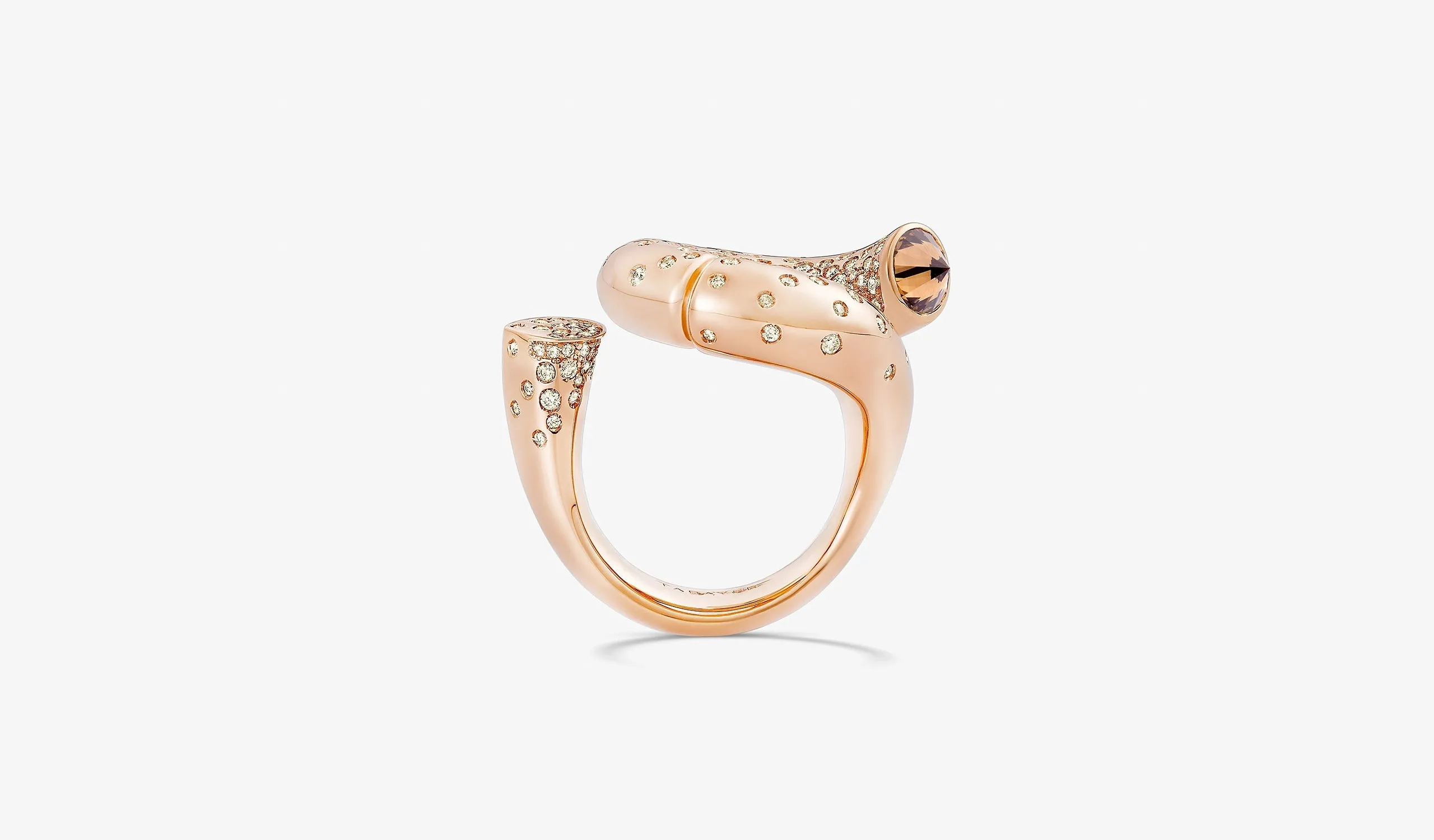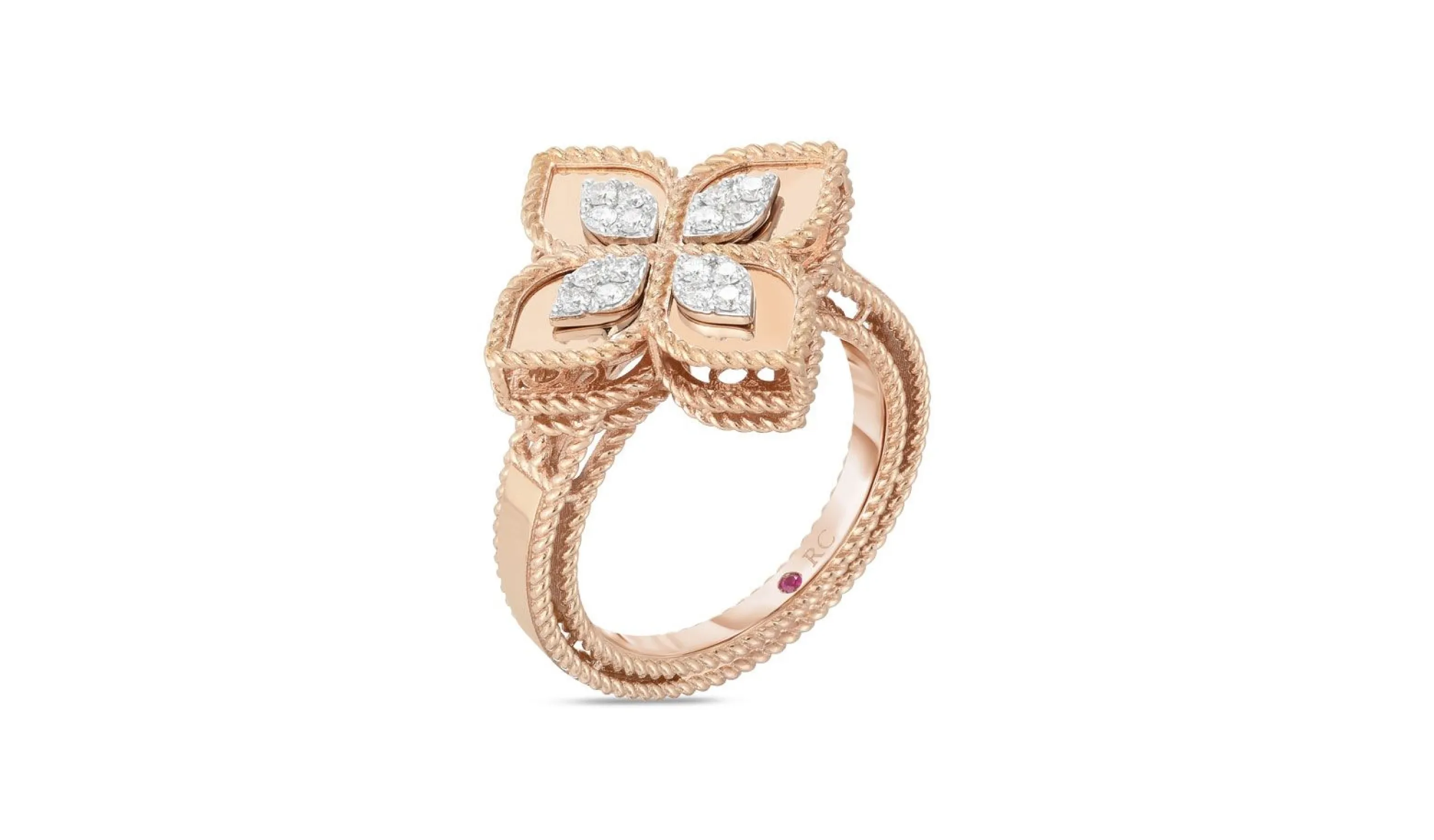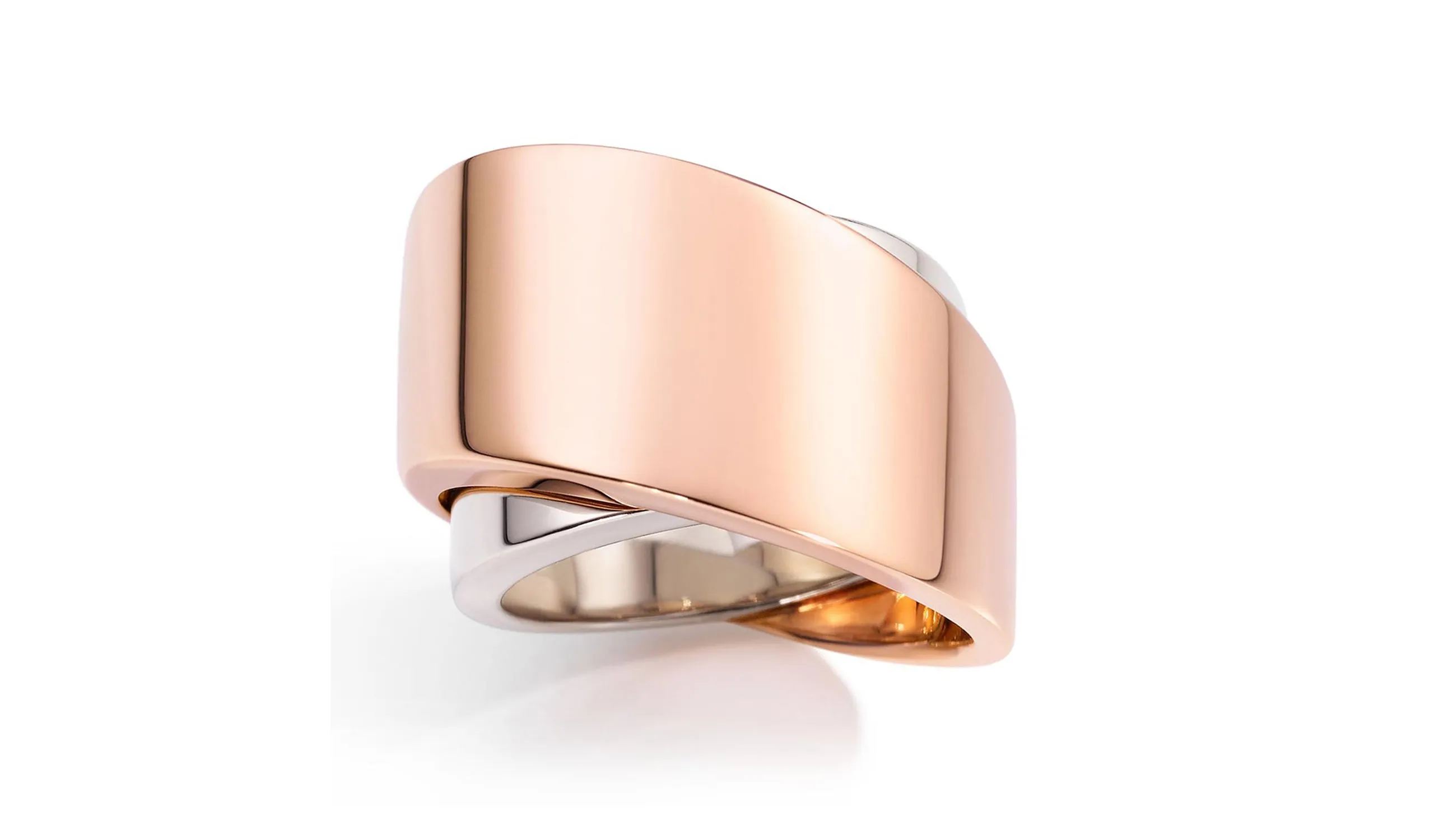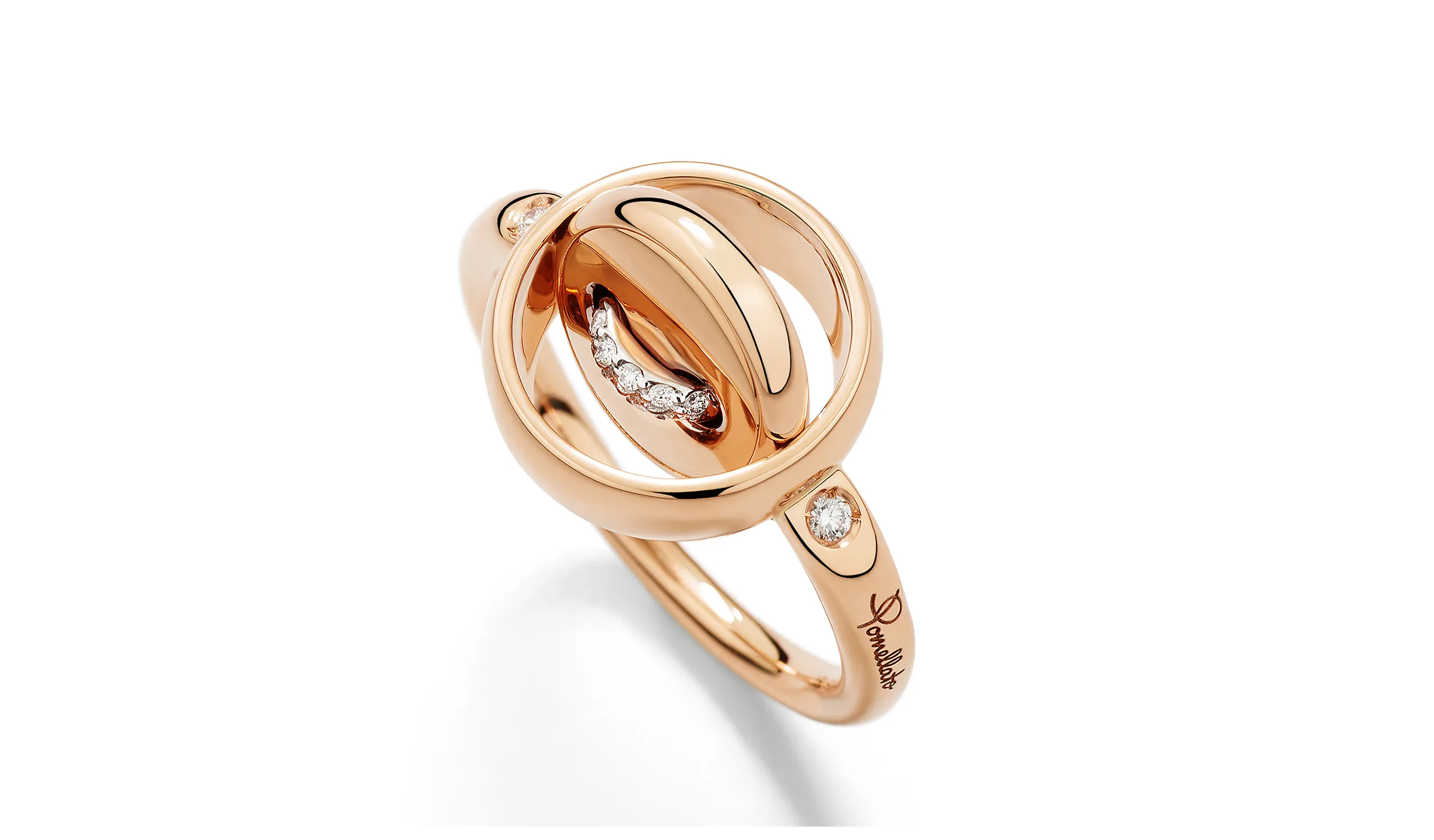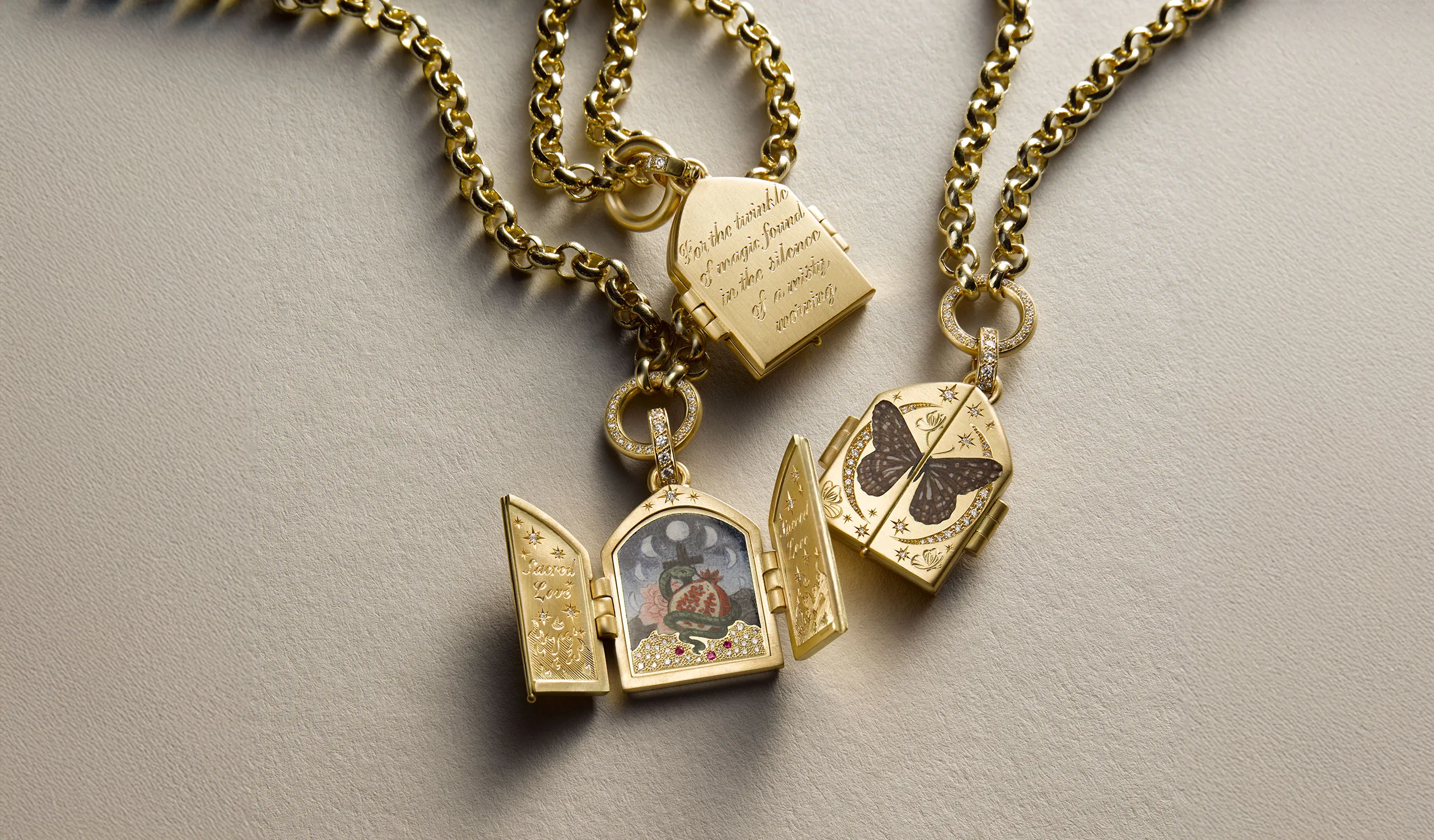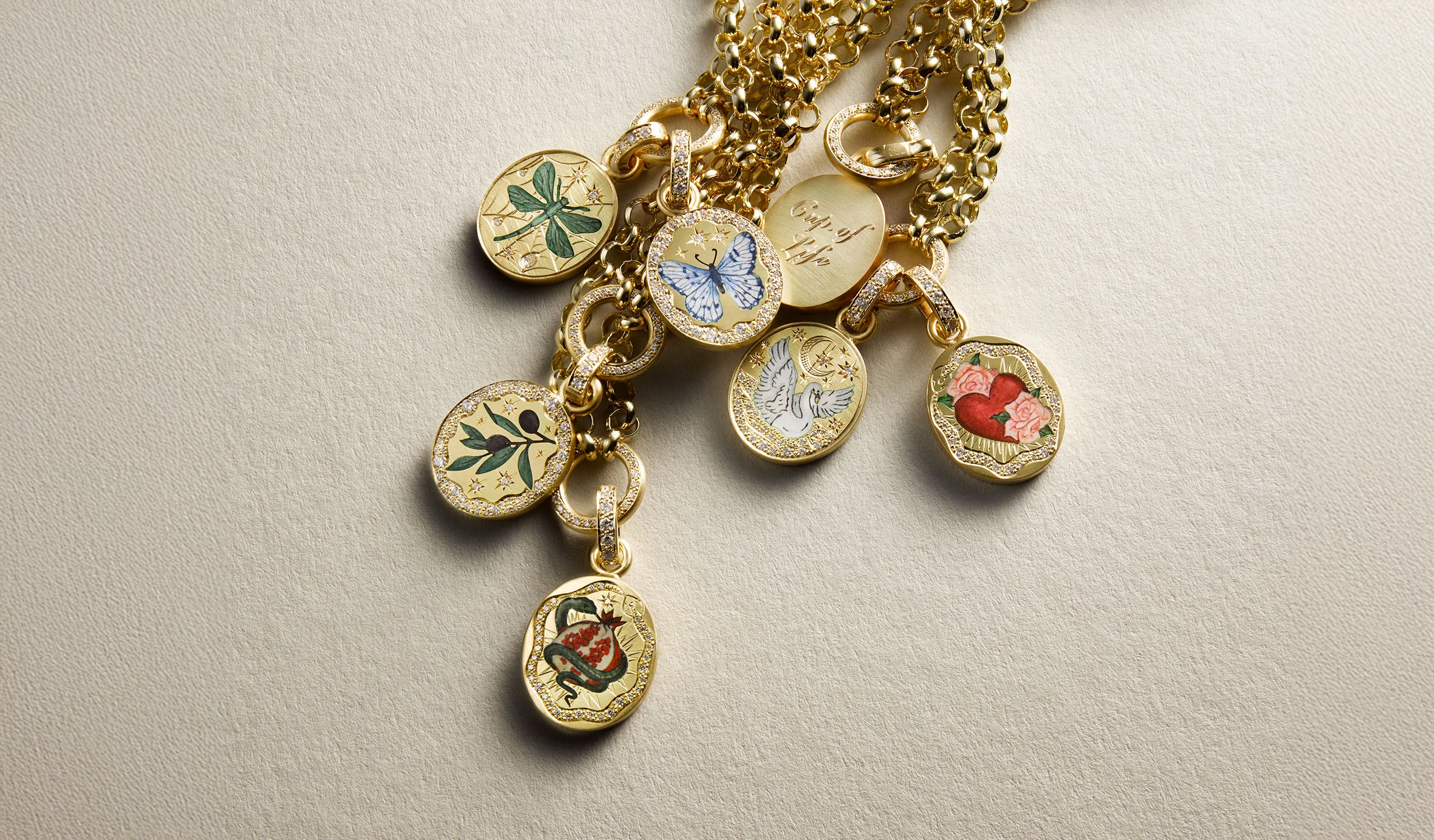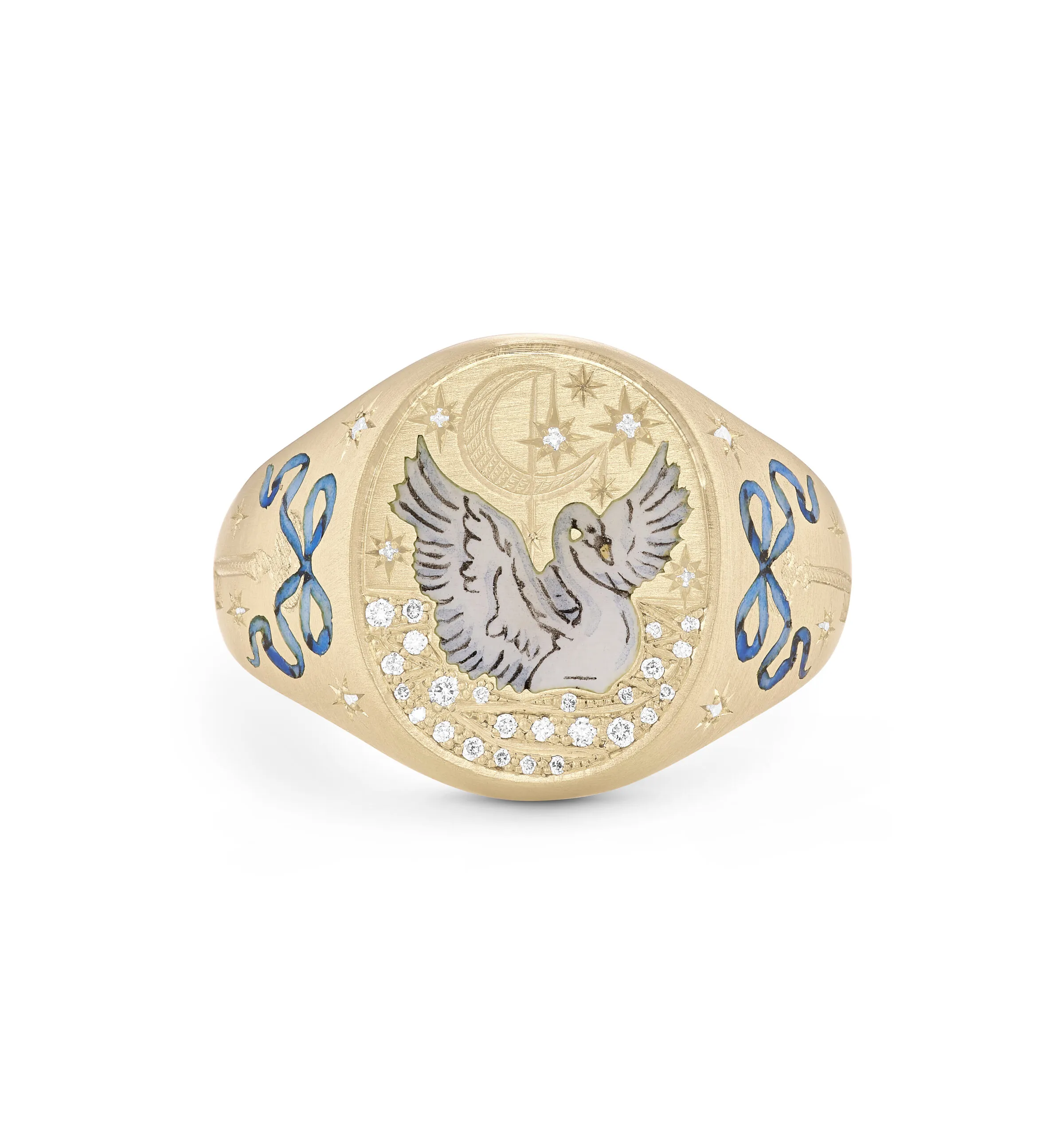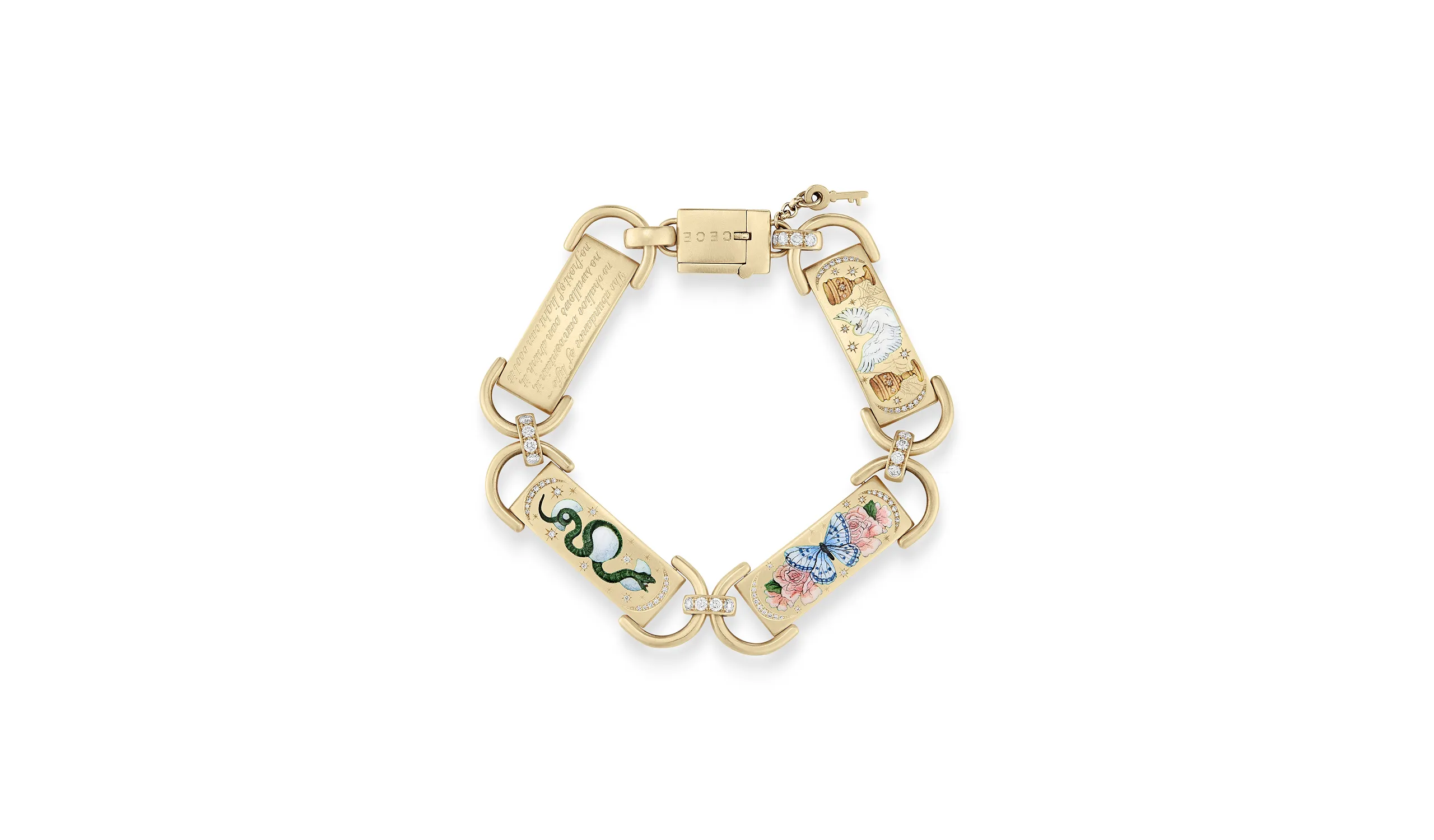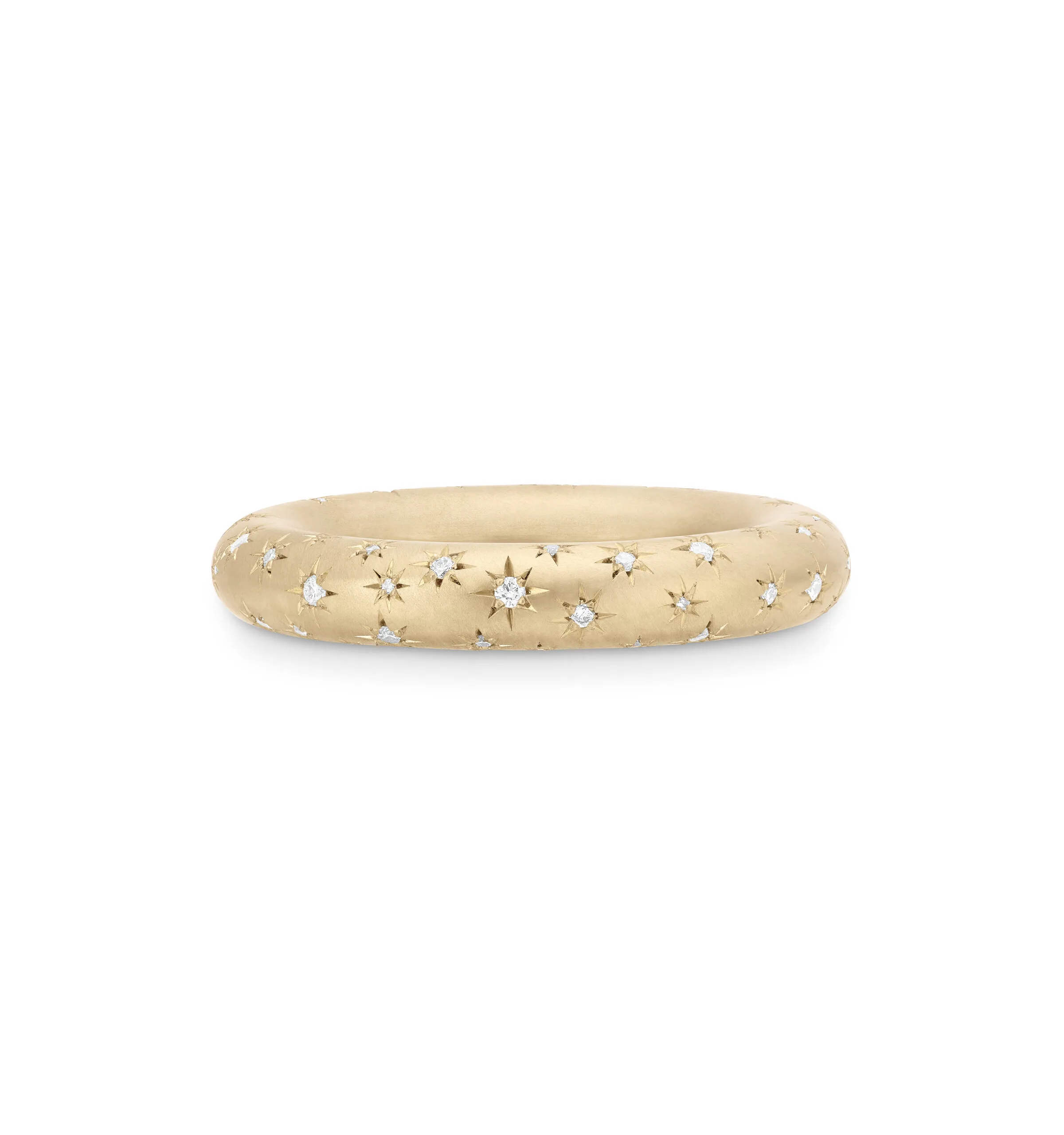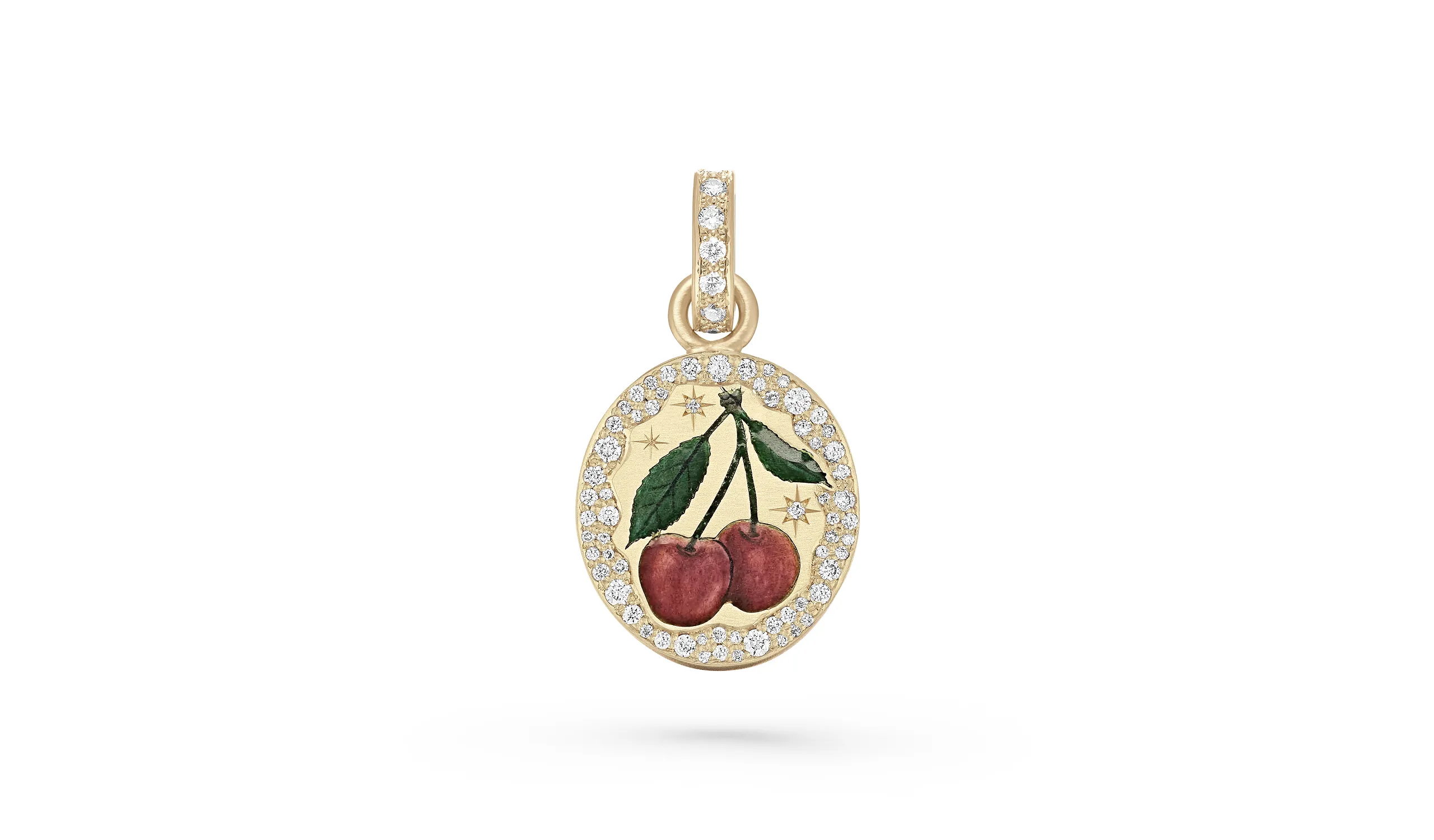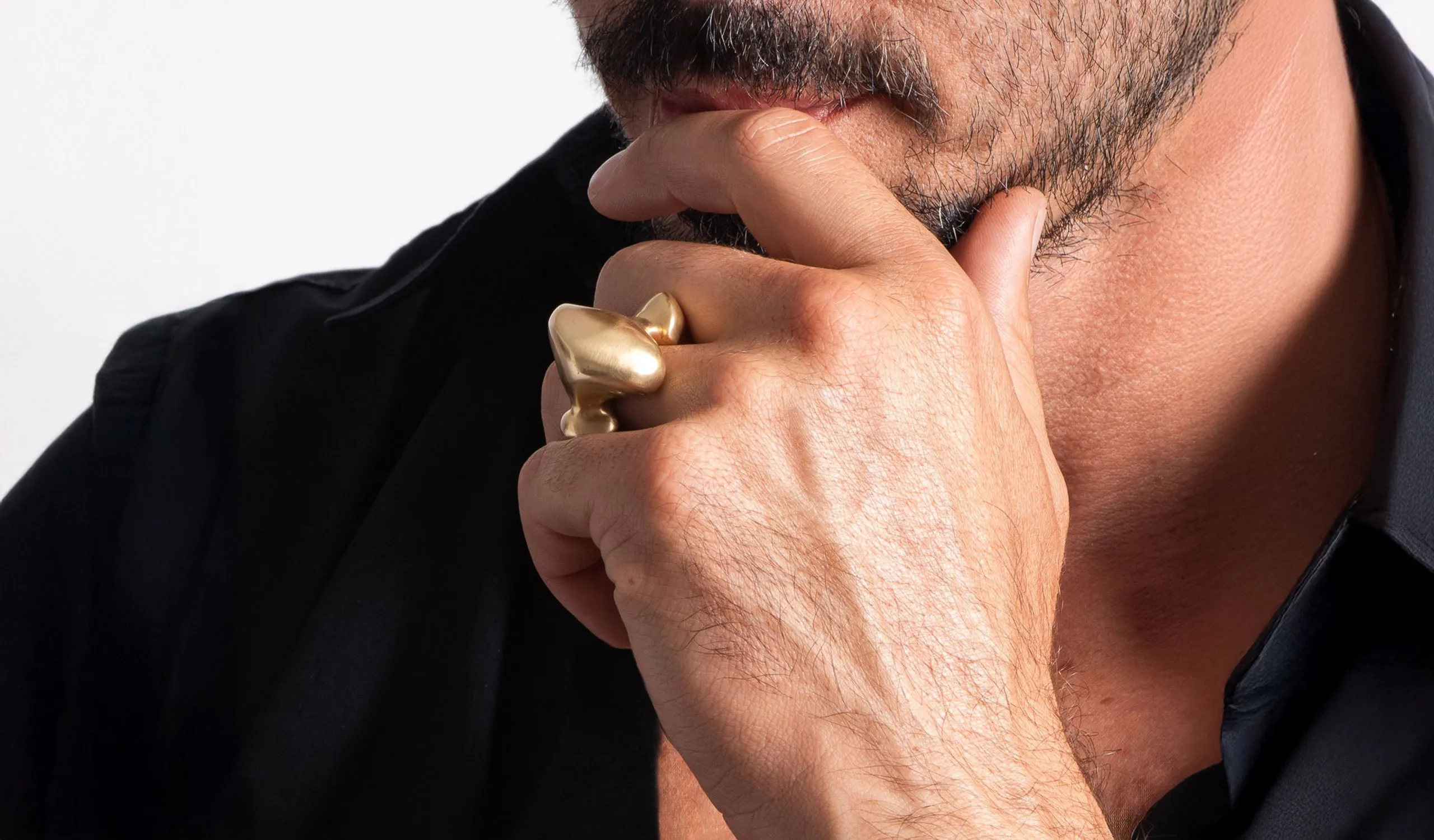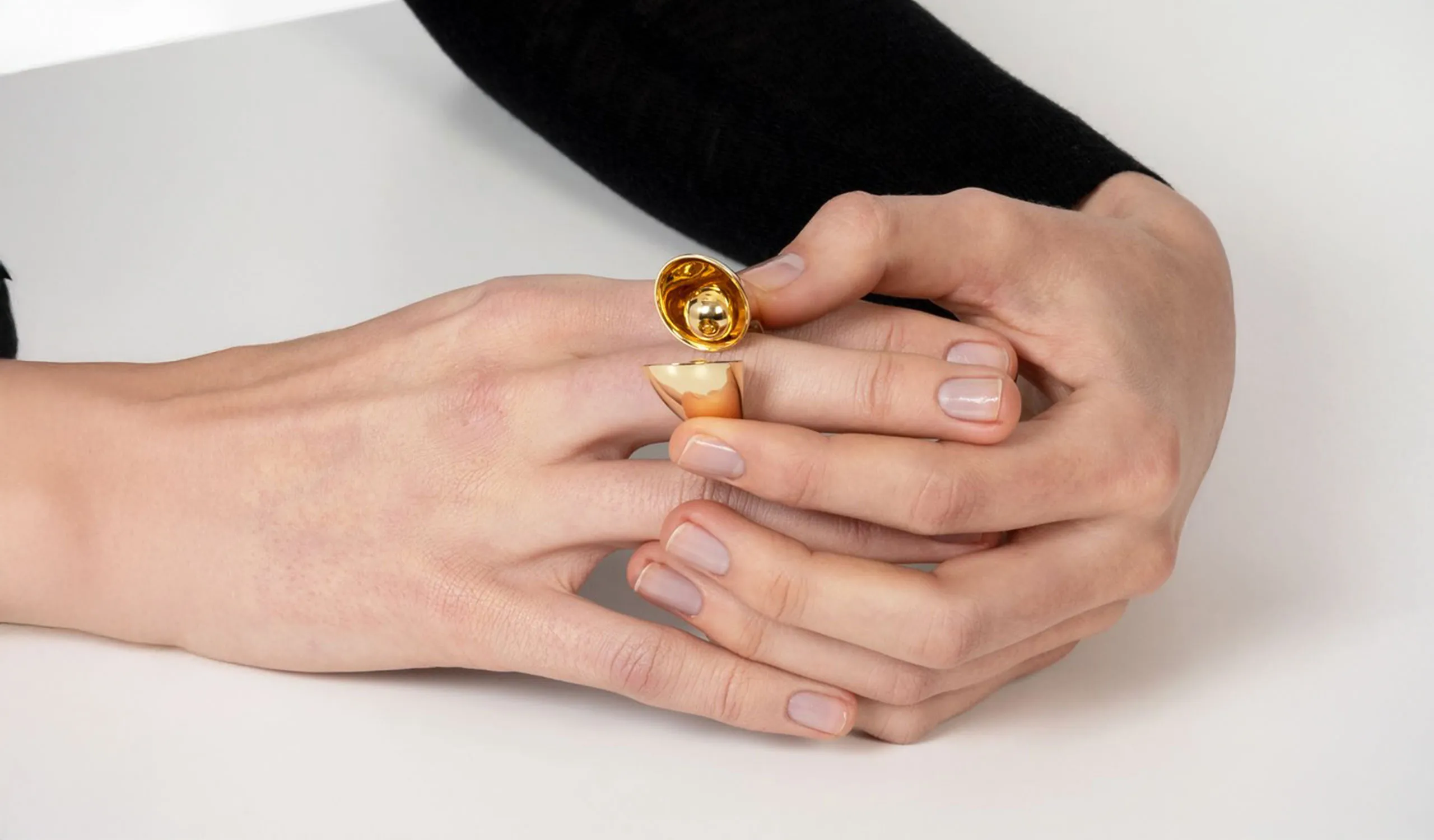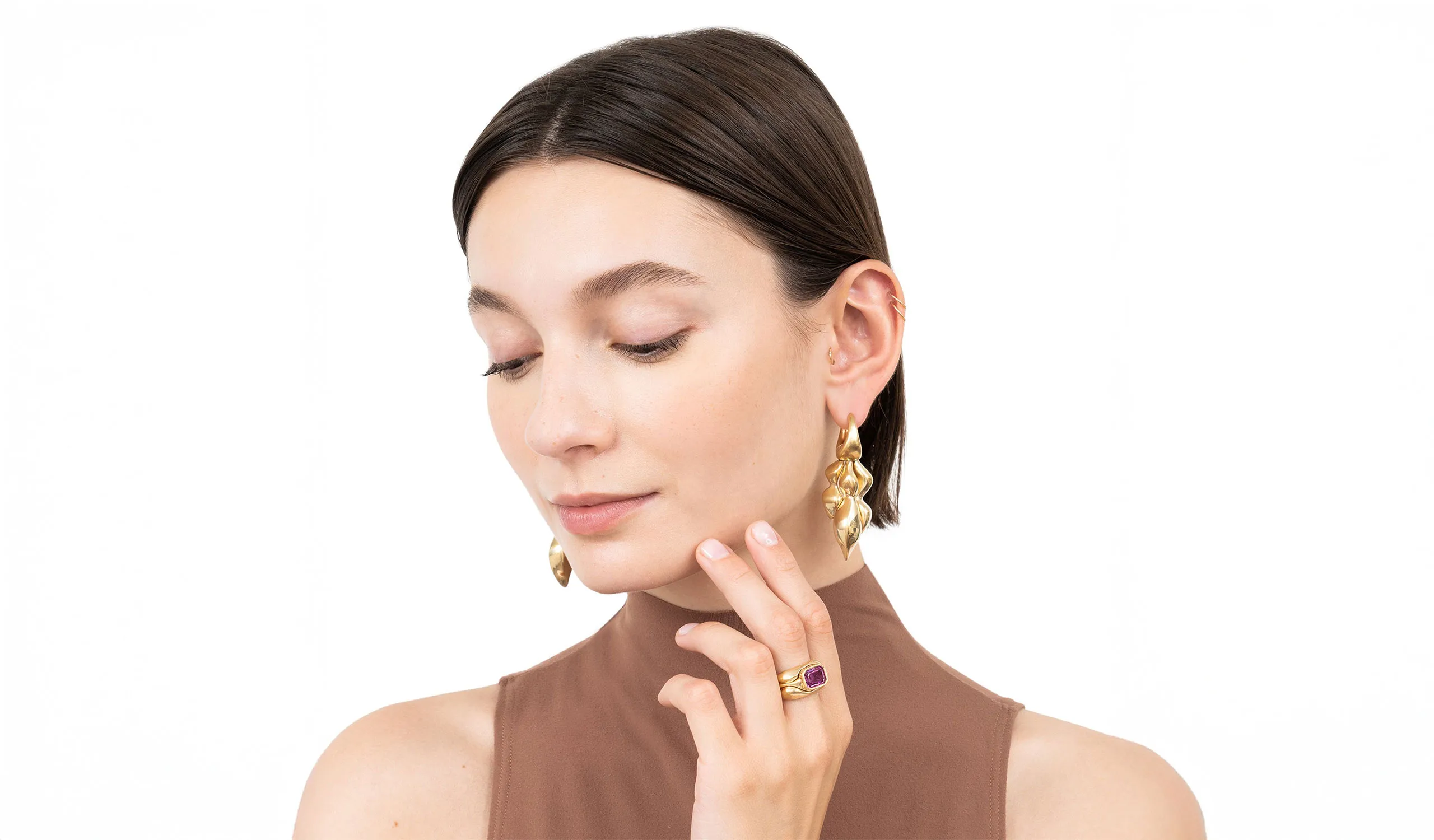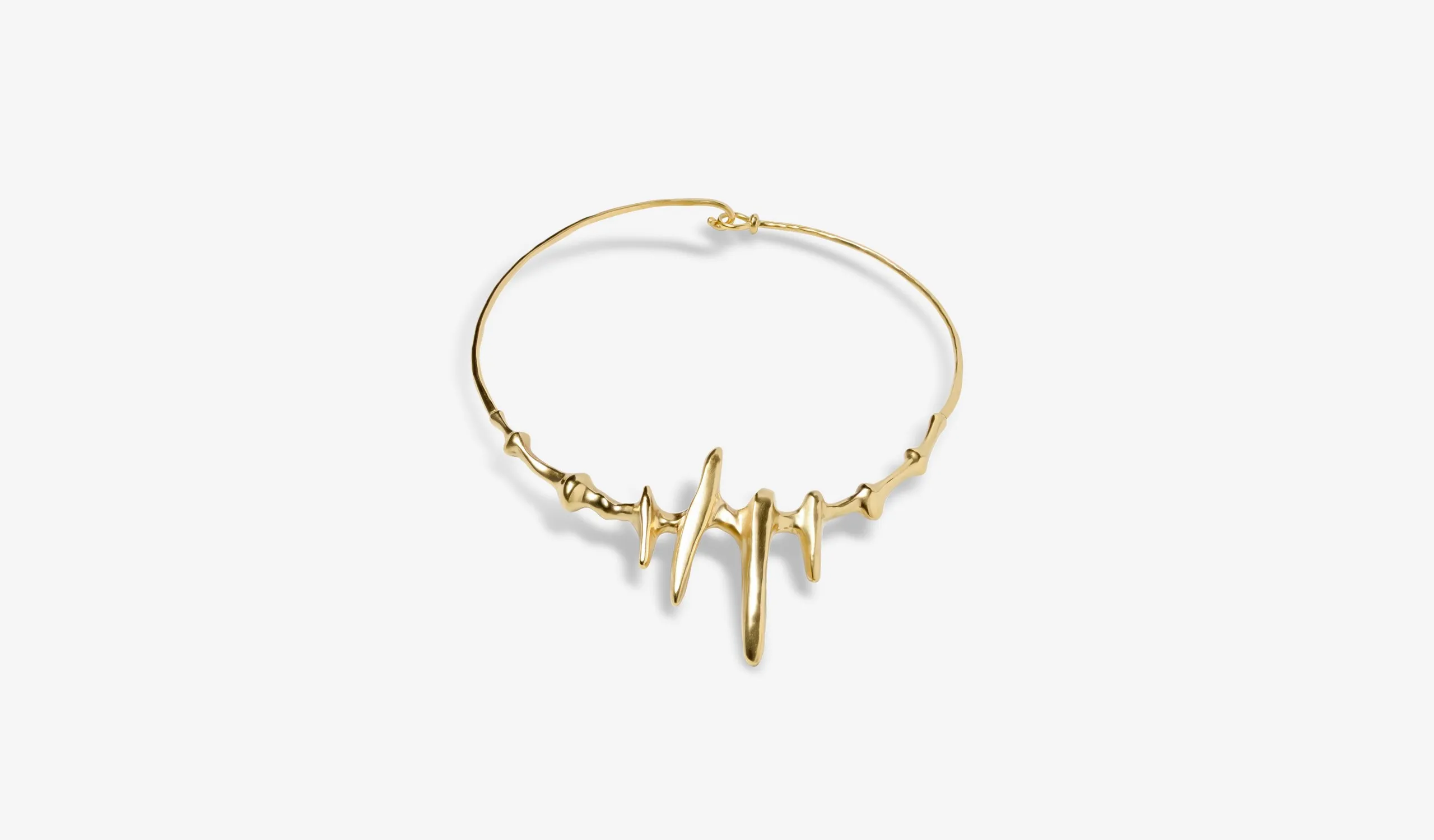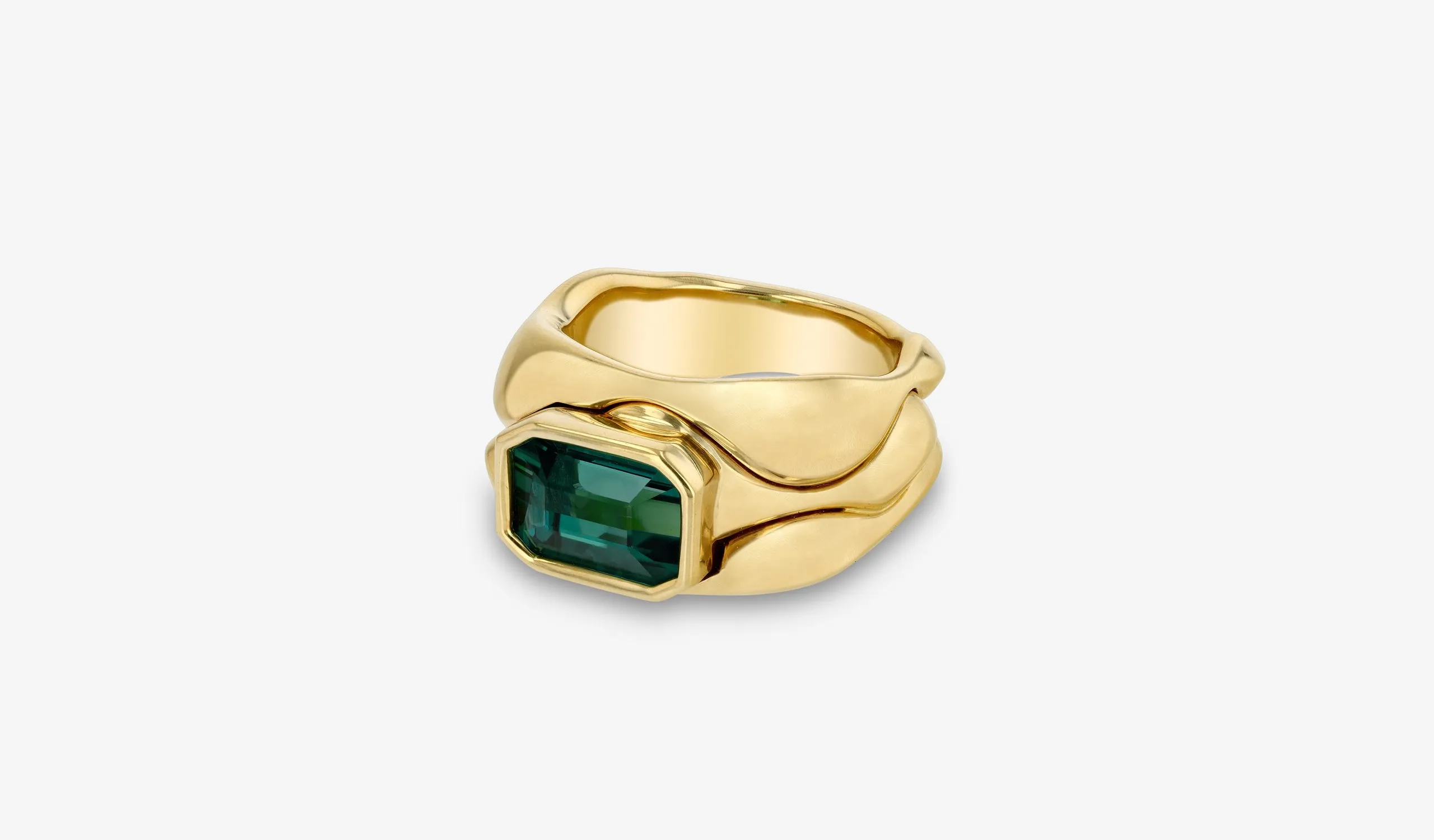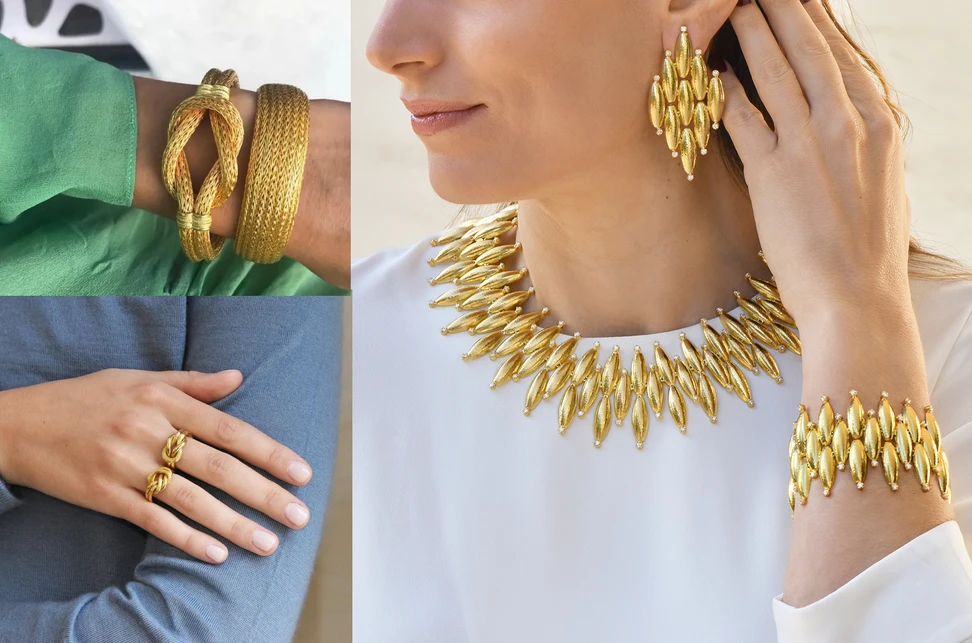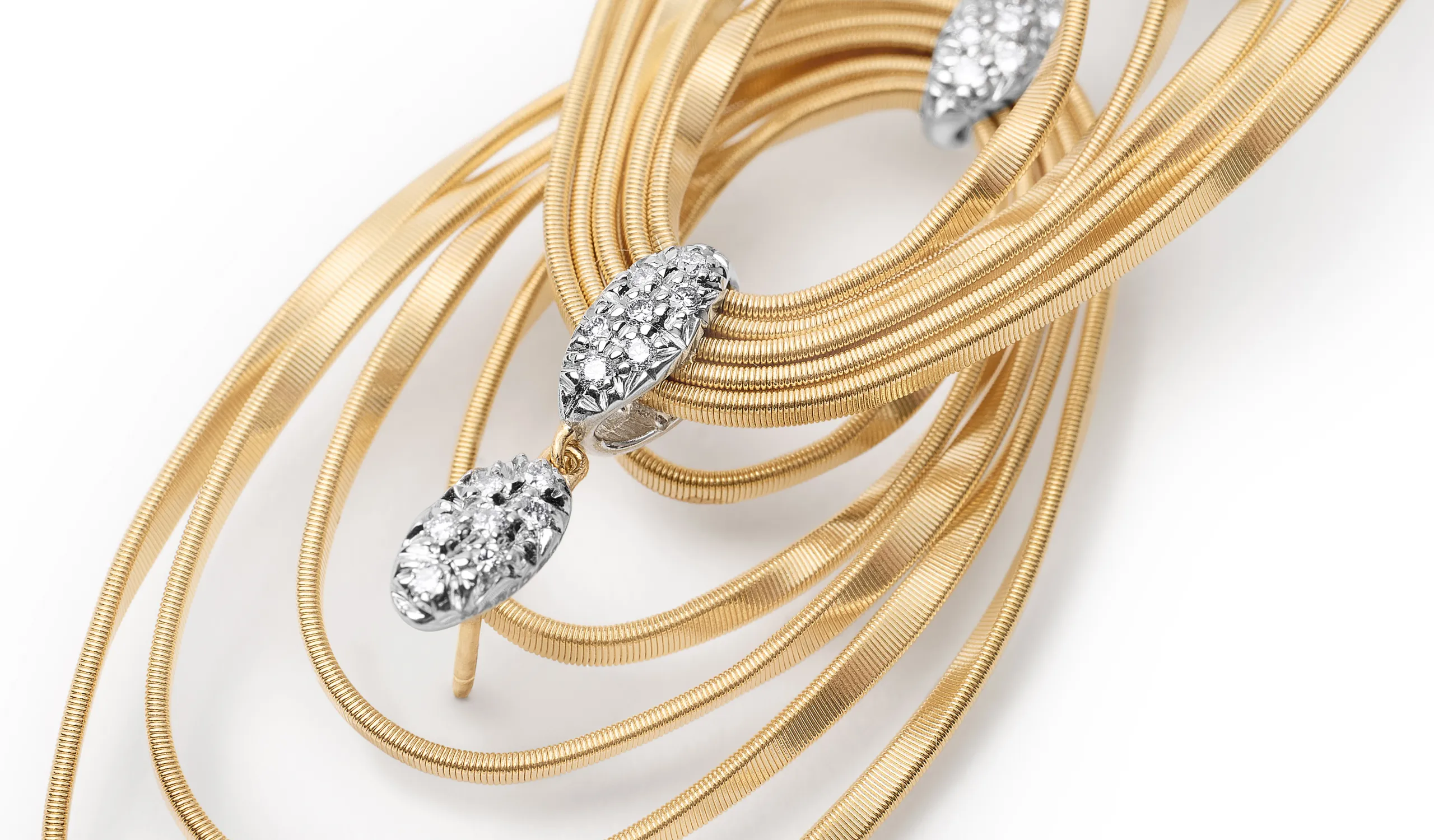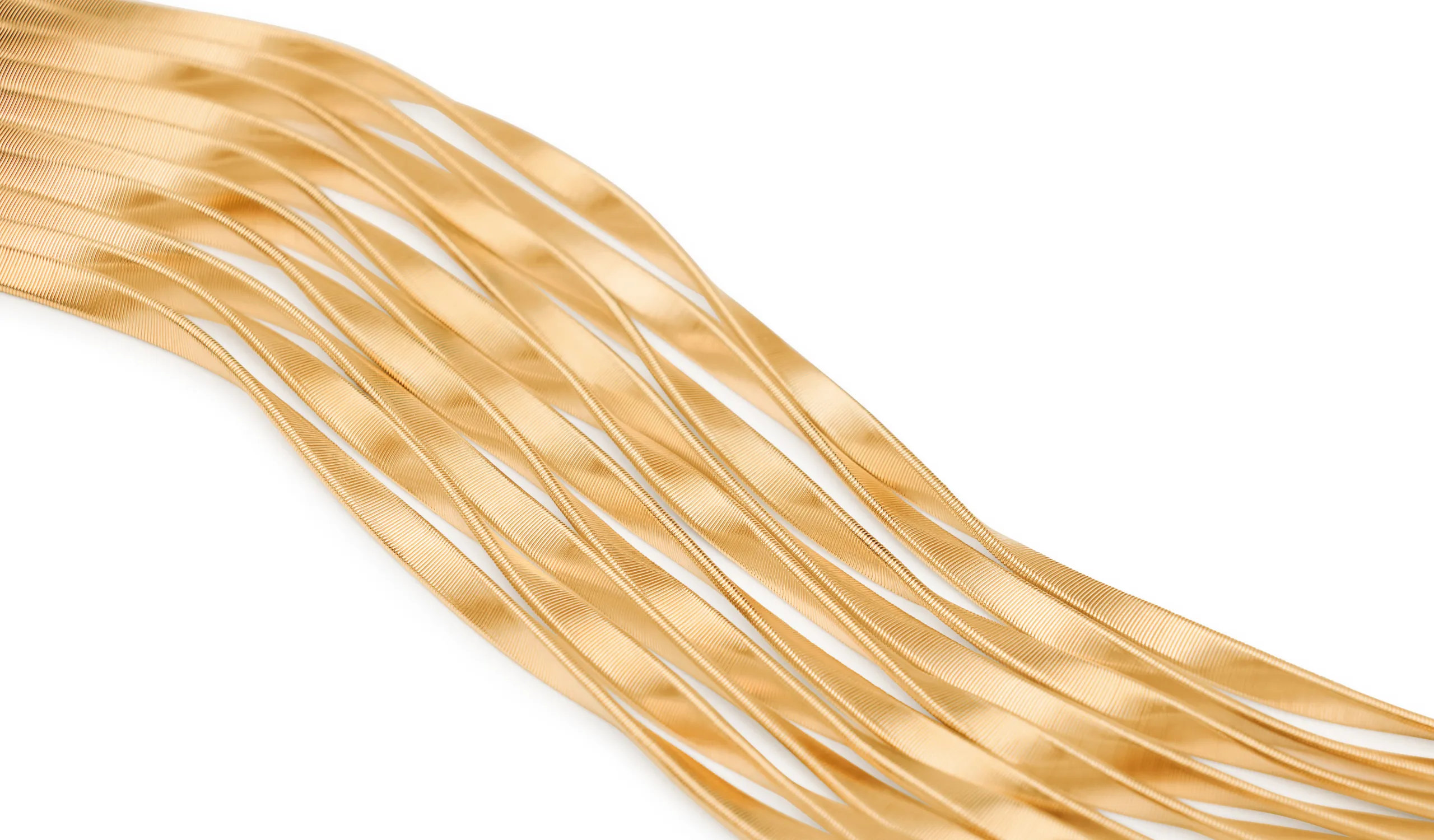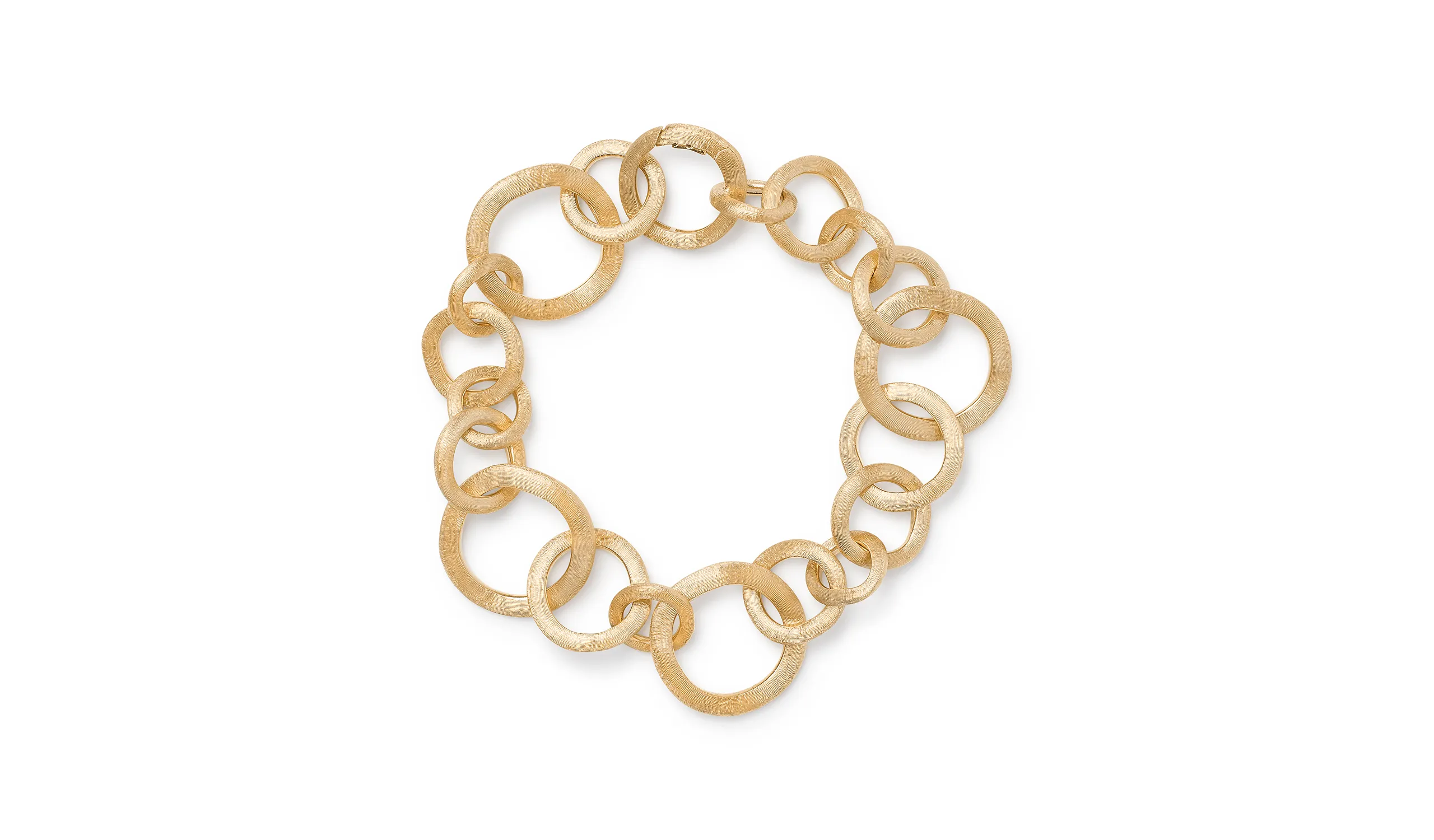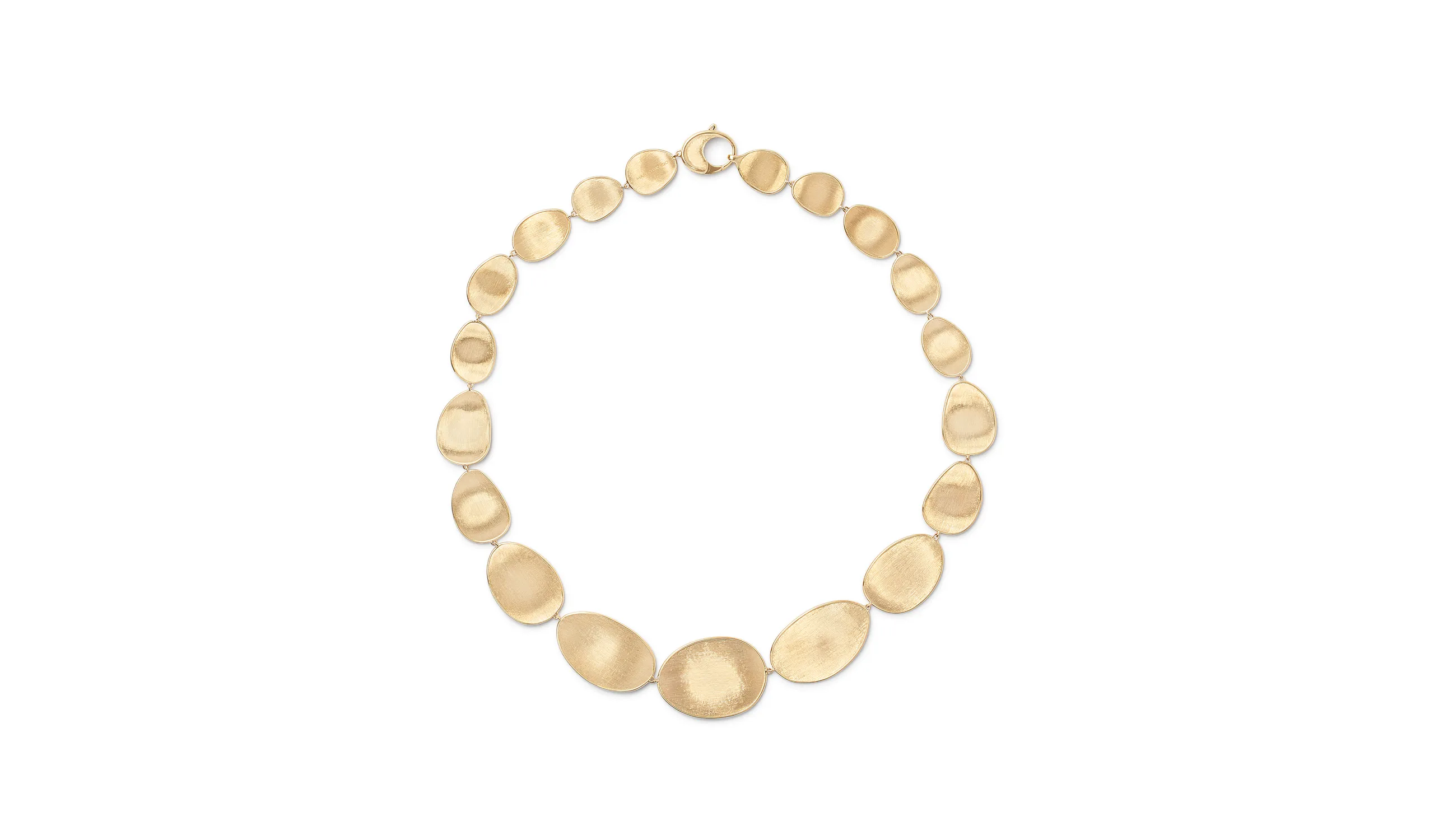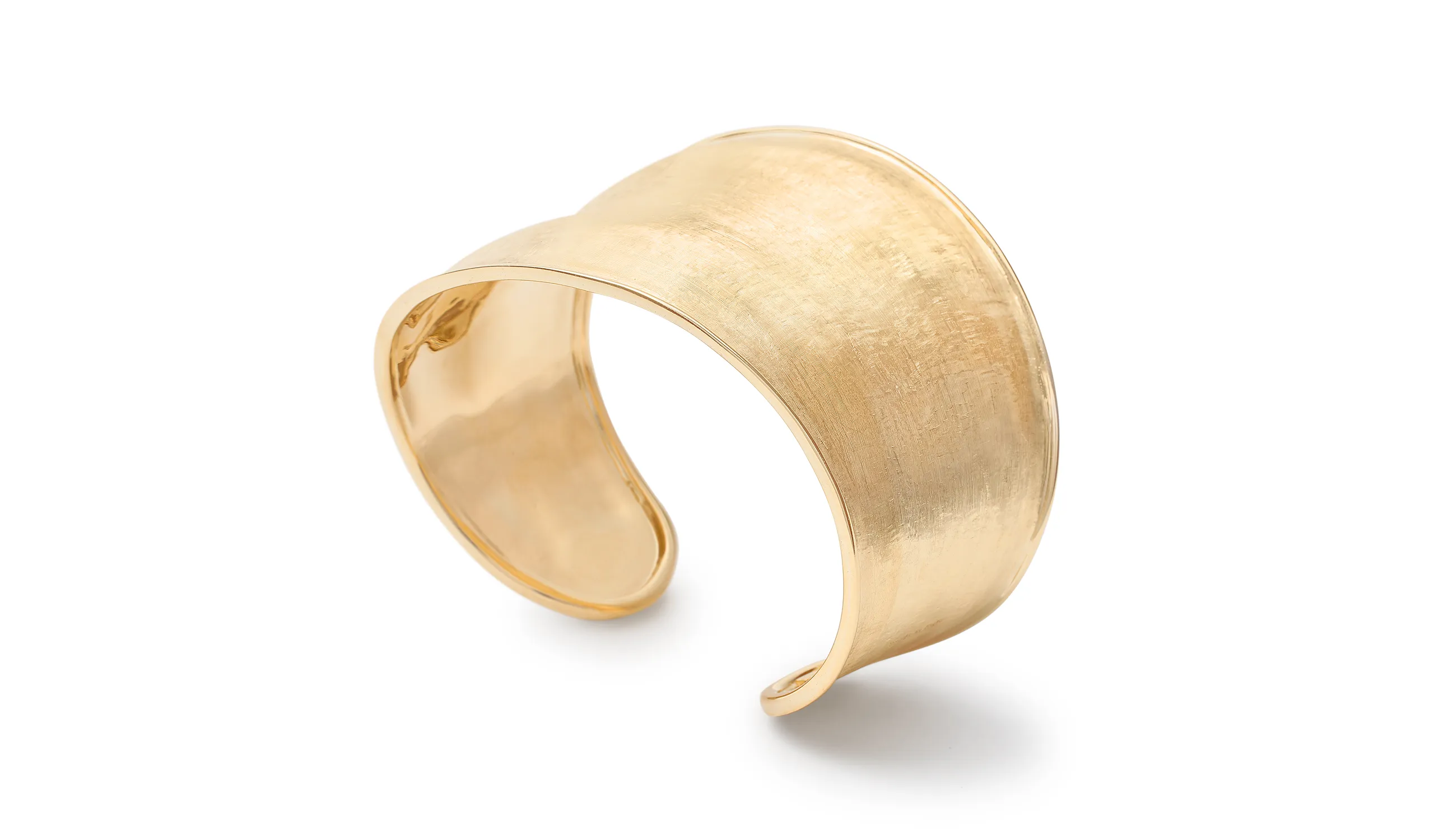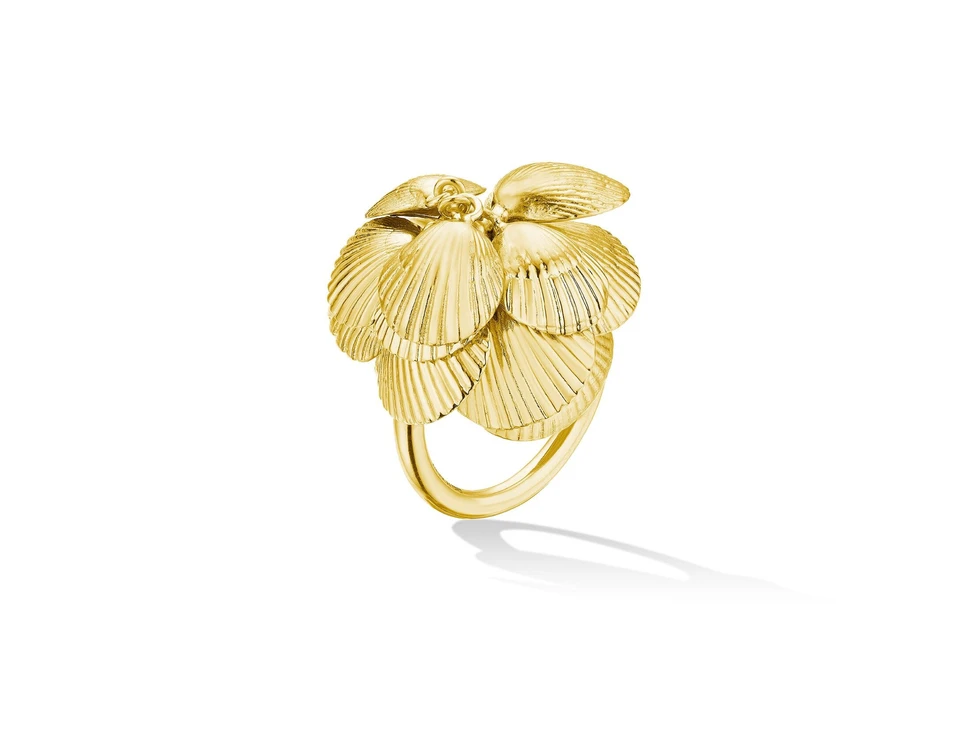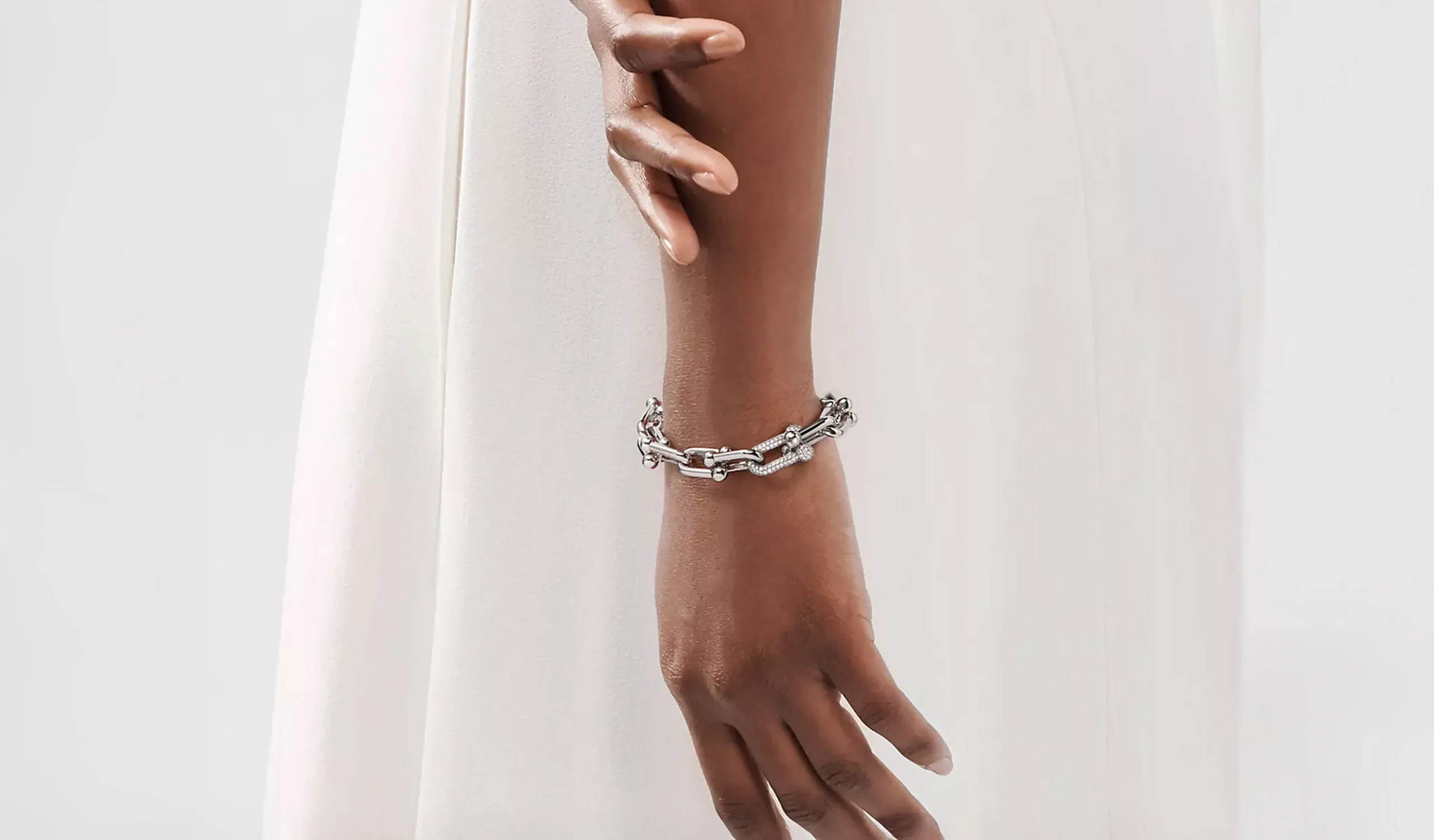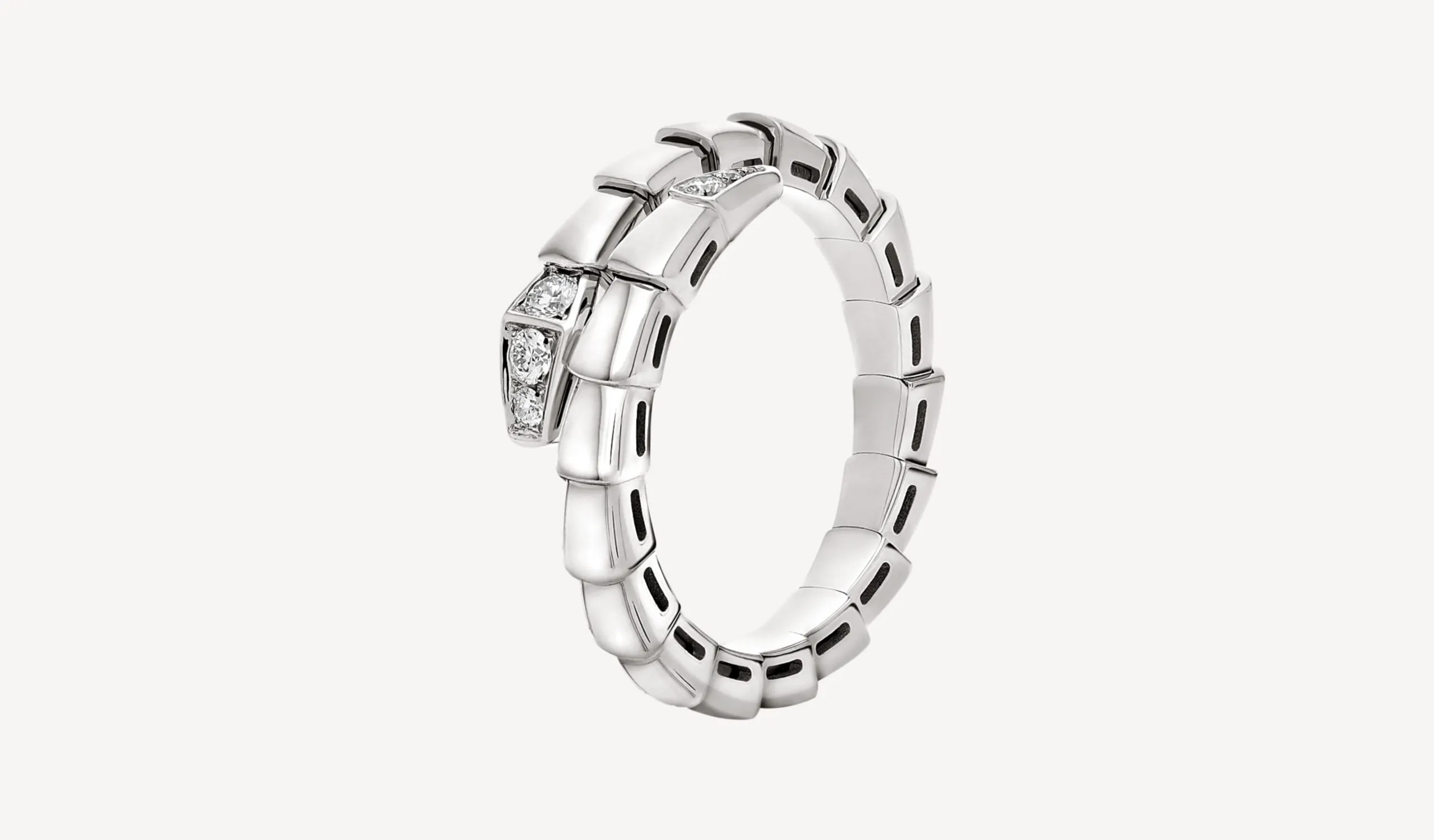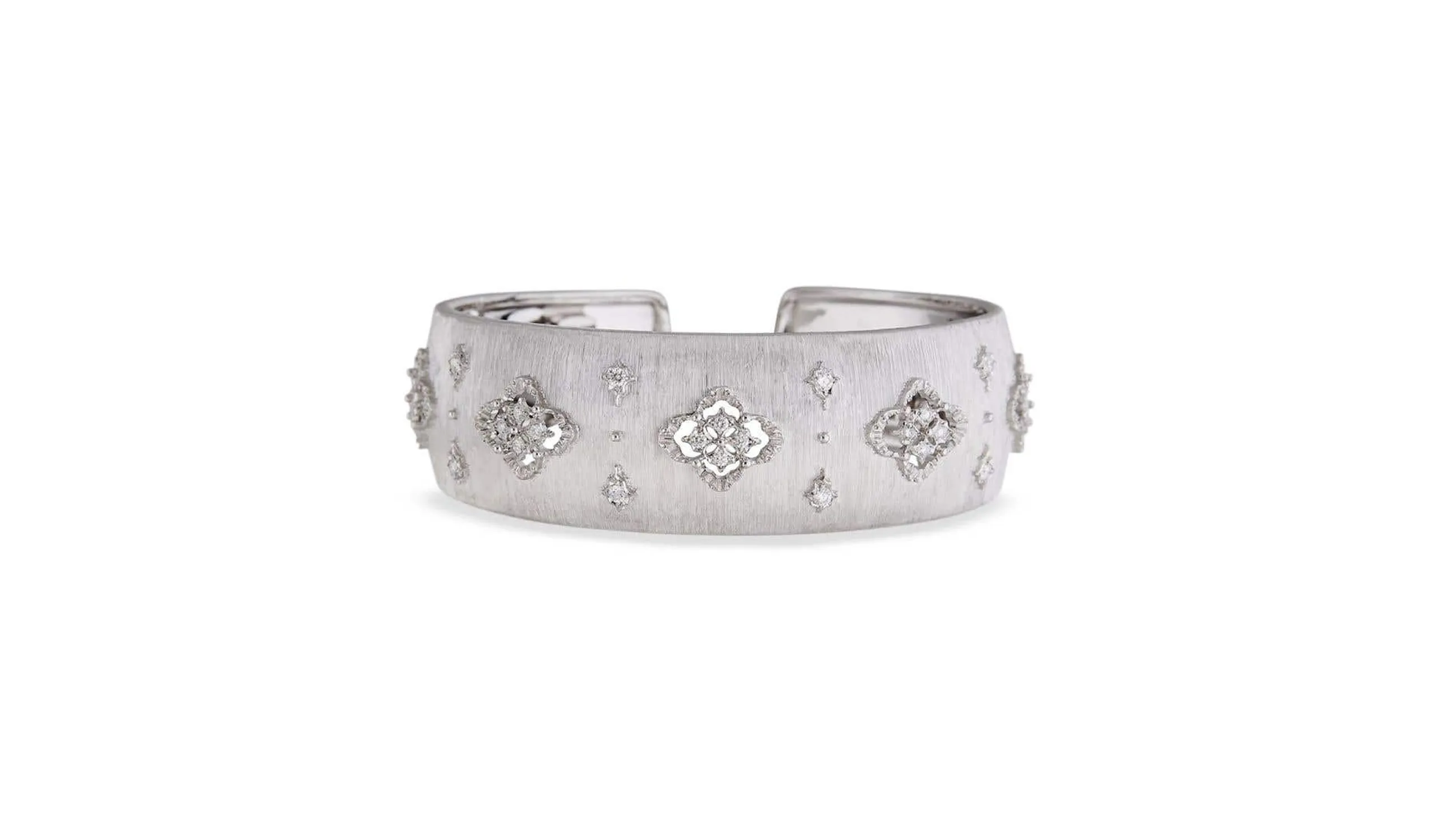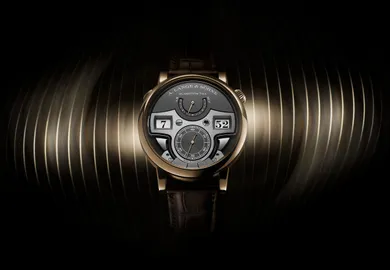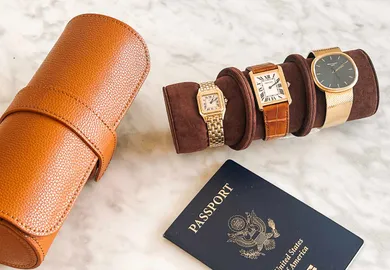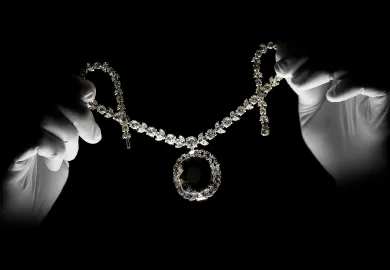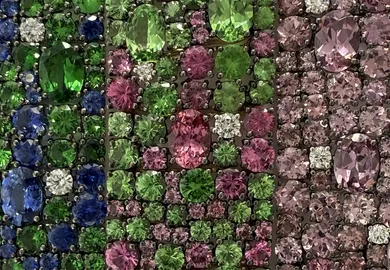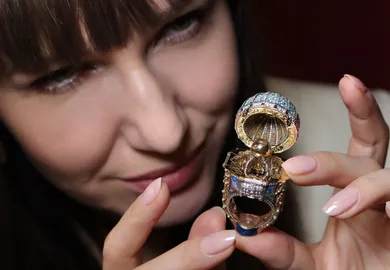
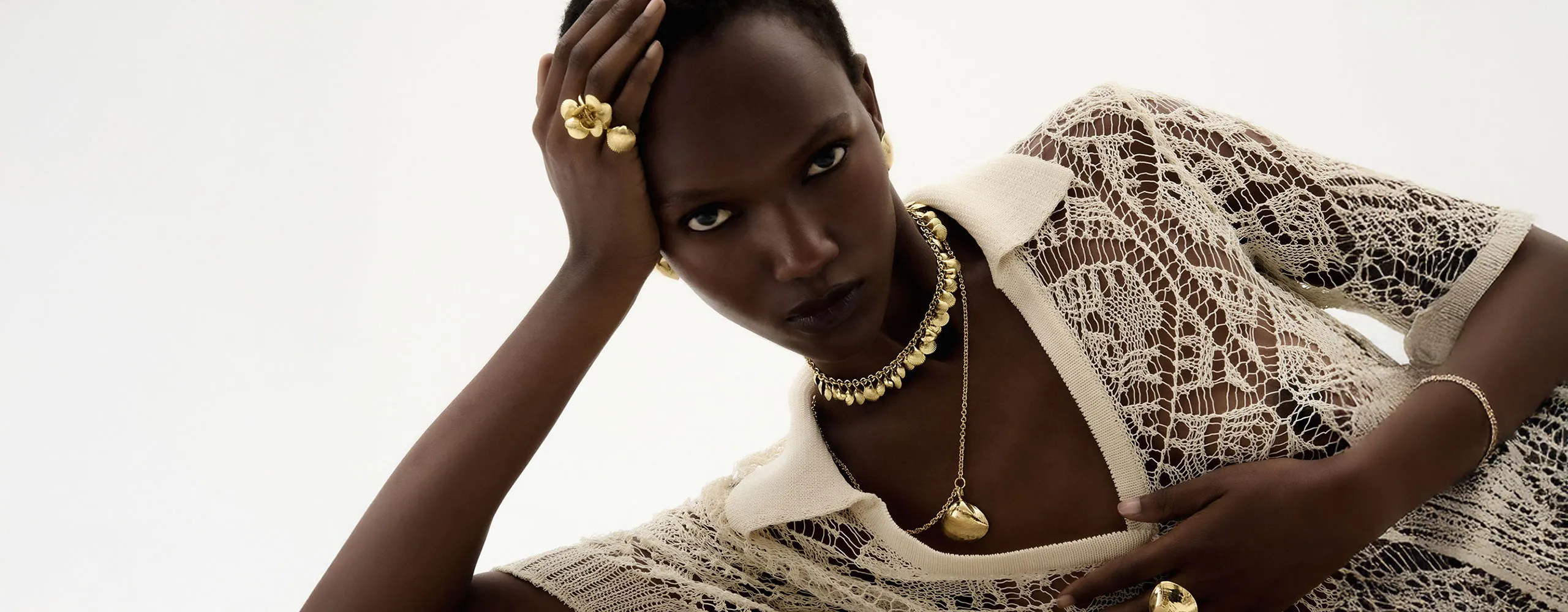
Key Facts About Gold: An Ancient Symbol of Power and Luxury
Gold has fascinated humanity for millennia through its tangible role in shaping economies, culture and personal identity. From the glint of a wedding ring to the prestige of Olympic medals, this luminous metal carries a weight far beyond its grams. Today, its relevance is as strong as ever. In an age where digital currencies rise and fall, gold remains a universal symbol of stability, beauty, and lasting worth. It is worn on the skin, locked in vaults, and passed down through generations as a living legacy.
Gold has not only physical value but also deep cultural significance. Across continents and centuries, it has been worshipped, hoarded, gifted, and traded. It has adorned kings, crowned empires, sealed marriages, and marked triumphs. Even today, it continues to shape how we celebrate success, safeguard wealth, and tell personal stories. Let’s find out what makes this metal so fascinating.
Gold’s Origin and Characteristics
The word ‘gold’ likely predates the earliest known written languages, making its etymological roots difficult to trace. However, ancient Egyptian inscriptions offer some of the earliest documented mentions of the metal, proving that gold was known and highly prized in Egypt at least 5,500 years ago. This is supported by archaeological discoveries, which have unearthed gold jewellery in the tombs of pharaohs, often buried with lavish items intended for the afterlife.
There are around 100 million tonnes of gold in the Earth’s crust. The metal is typically found in its pure form, either as nuggets, solid fragments or gold dust. What many people do not know is that gold is also present in small quantities in the ocean, though the amounts are so scarce that it is not economically viable to extract them. Jewellery designer Nada Ghazal says it best when she explains: “Both humans and gold carry the legacy of stars; we are both stardust, born of the same cosmic fire. I feel gold reflects our longing to elevate the ordinary into something eternal. To me, it represents value, purity, immortality, and power.”
Pure gold is soft, malleable and rich in lustre, with its signature warm yellow hue. It is so soft, in fact, that it can be scratched with a fingernail. For durability in jewellery, it is commonly alloyed with metals such as silver, copper, palladium or zinc. This not only strengthens the metal but also affects its colour, creating white, rose or green gold. To give you an idea of its density, a sphere of pure gold with a diameter of just under 5 cm would weigh a full kilogram.
Gold Mining
Gold’s journey begins deep underground and can take 10 to 20 years before it becomes the metal we see in jewellery. The process starts with exploration, where experts search for deposits, and continues through development, mining, and eventually, closure and land restoration. Out of thousands of explored sites, only a tiny fraction of them become working gold mines.
Once mining begins, gold ore is extracted and processed into doré — a semi-pure alloy. Over time, advances in technology have made gold mining cleaner and more efficient. When a mine is no longer profitable, it is safely closed, and the land is carefully rehabilitated. From start to finish, responsible mining plays a vital role in ensuring that gold’s beauty doesn’t come at the environment’s expense.
Understanding Gold Purity and Properties
The purity of gold used in jewellery is measured in carats (or karats) and is typically expressed through a hallmark that indicates the amount of pure gold in parts per thousand. For example, 24-carat gold is considered 99.9% pure, while 18-carat gold — often stamped with a “750” hallmark — contains 75% gold and 25% other metals such as silver or copper to enhance durability. Lower-purity options like 9-carat gold, marked “375”, contain just 37.5% gold and a higher percentage of alloyed metals, making them more affordable and resistant to scratching, though less rich in colour and intrinsic value.
Completely pure gold, such as 99.99%, is incredibly soft at room temperature. It can be bent or deformed easily by hand, which is why it has traditionally been stored and transported in the form of ingots or bars rather than coins. In large quantities, pure gold coins would physically distort under their own weight, making them impractical for circulation.
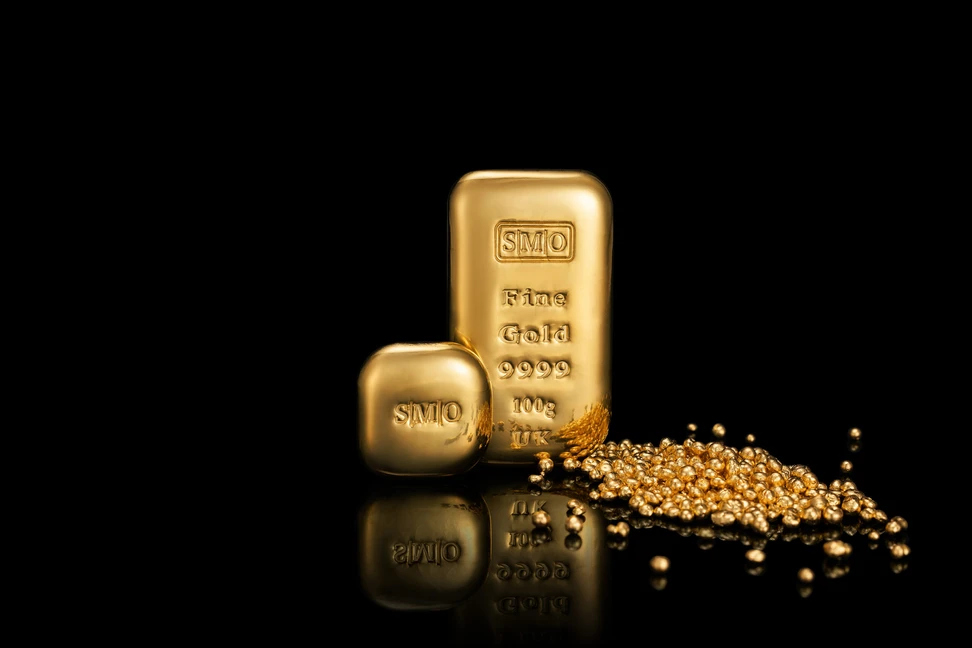
Single Mine Origin (SMO) gold, including 9999 fine gold bars and grain, and which is fully traceable to its source of origin
Gold is remarkably chemically stable, showing little to no reaction with most elements. It does not tarnish or corrode, even when exposed to oxygen, hydrogen, carbon, nitrogen, alkalis or most acids. This quality contributes to its lasting beauty.
Owing to its exceptional malleability, ductility and plasticity, gold can be transformed into incredibly thin sheets known as gold leaf, which can measure as little as 0.1 micrometres thick, so thin they can appear semi-transparent. This unique combination of resilience and workability makes gold not only a precious metal but also a practical one in both jewellery and industrial applications.
The Timeless Charm of Gold Jewellery
Gold has held lasting value across civilisations, not only for its rarity and natural beauty but also for its deep symbolism. From ancient rulers to modern collectors, it has represented wealth, power, and prestige. Today, gold jewellery remains both a form of personal expression and a universal symbol of success. In fact, nearly half of all gold mined today is used to create jewellery, making it the single largest use of this precious metal.
For Maria Lalaouni, the creative director of LALAoUNIS, gold is the thread that links her modern jewellery creations with her family history and heritage. She explains: “I love working with yellow gold, in both 18k and 22k, as it lies at the heart of our brand — not only as a precious material but as our favourite medium of expression. Deeply connected to our Greek heritage and ancient craftsmanship, we honour the legacy inherited from our ancestors by transforming gold into contemporary works of art that echo the past while embracing the present.”
Lalaounis Ray of Light set in 18k hand-hammered gold with diamond accents, Hercules Knot rings in 18k gold, and two hand-woven bracelets in gold, including one featuring the iconic Hercules Knot
Jewellery designer Marco Bicego is similarly emotionally connected to gold, not only for its beauty but for its links to Italian artistic culture. He tells me: “Gold has always been at the heart of my creative vision, particularly yellow gold, which holds a deep cultural and emotional resonance. It’s part of my heritage and identity, rooted in Vicenza, the historic capital of Italian goldsmithing. From the very beginning of the brand, I chose to work almost exclusively with yellow gold, not as a passing trend but as a timeless expression of warmth, elegance and authenticity. My connection to gold began in childhood, watching my father in his workshop. I was mesmerised by the transformation of raw gold into beautiful, handcrafted jewellery. It felt like witnessing a kind of alchemy. Those early emotions still guide me today.”
The human body is about 37°C, and because gold conducts heat well, it quickly warms up to body temperature. This is one reason it is so comfortable and popular for jewellery. While the popularity of certain styles evolves, gold itself remains timeless. Its appearance can shift through alloying, producing a range of hues, including classic yellow, soft rose, crisp white, rich green and bold black.
Thanks to advances in craftsmanship, gold is now worn in ever more imaginative ways, from sculptural ear cuffs and flexible mesh chokers to minimalist stacking rings, hand chains, ear climbers and sleek bangles. Designers increasingly pair gold with enamel, ceramic, gemstones, mother-of-pearl and even unconventional materials like wood or titanium, adding texture and character. Maria Lalaouni adds: “By combining contrasting finishes such as matte with polished or rough with refined, I aim to craft pieces that are both tactile and visually captivating. Gold becomes more than a precious metal. It becomes a storytelling medium shaped by the hands of skilled artisans.”
A Sustainable Resource and a Global Financial Anchor
Gold’s allure goes far beyond its lustrous appearance. As a metal that can be endlessly recycled without any degradation in quality, it stands out as a remarkably sustainable material. A significant portion of the gold circulating today is not newly mined but repurposed, reducing the environmental impact associated with extraction. This makes gold a responsible choice.
At the same time, gold remains one of the world’s most trusted financial instruments. It underpins central bank reserves, lends stability to national currencies and serves as a dependable store of value during periods of economic uncertainty. Whether adorning the body or bolstering a financial portfolio, gold continues to prove its worth across generations.
Whether buried with pharaohs or worn on red carpets, forged into coins or coded into technology, gold continues to hold a special place in our lives. Malleable yet strong, ancient yet ever relevant, it weaves together heritage, elegance and innovation in a way few materials can.

WORDS
Hirshi Sujanti began her career in marketing for luxury jewelry brands in India. However, she soon realized that her true calling lay in the art of storytelling. This epiphany led her to take on freelance projects as a writer for an Indian fashion brand and later for KaterinaPerez.com.

Key Facts About Gold: An Ancient Symbol of Power and Luxury
Gold has fascinated humanity for millennia through its tangible role in shaping economies, culture and personal identity. From the glint of a wedding ring to the prestige of Olympic medals, this luminous metal carries a weight far beyond its grams. Today, its relevance is as strong as ever. In an age where digital currencies rise and fall, gold remains a universal symbol of stability, beauty, and lasting worth. It is worn on the skin, locked in vaults, and passed down through generations as a living legacy.
Gold has not only physical value but also deep cultural significance. Across continents and centuries, it has been worshipped, hoarded, gifted, and traded. It has adorned kings, crowned empires, sealed marriages, and marked triumphs. Even today, it continues to shape how we celebrate success, safeguard wealth, and tell personal stories. Let’s find out what makes this metal so fascinating.
Gold’s Origin and Characteristics
The word ‘gold’ likely predates the earliest known written languages, making its etymological roots difficult to trace. However, ancient Egyptian inscriptions offer some of the earliest documented mentions of the metal, proving that gold was known and highly prized in Egypt at least 5,500 years ago. This is supported by archaeological discoveries, which have unearthed gold jewellery in the tombs of pharaohs, often buried with lavish items intended for the afterlife.
There are around 100 million tonnes of gold in the Earth’s crust. The metal is typically found in its pure form, either as nuggets, solid fragments or gold dust. What many people do not know is that gold is also present in small quantities in the ocean, though the amounts are so scarce that it is not economically viable to extract them. Jewellery designer Nada Ghazal says it best when she explains: “Both humans and gold carry the legacy of stars; we are both stardust, born of the same cosmic fire. I feel gold reflects our longing to elevate the ordinary into something eternal. To me, it represents value, purity, immortality, and power.”
Pure gold is soft, malleable and rich in lustre, with its signature warm yellow hue. It is so soft, in fact, that it can be scratched with a fingernail. For durability in jewellery, it is commonly alloyed with metals such as silver, copper, palladium or zinc. This not only strengthens the metal but also affects its colour, creating white, rose or green gold. To give you an idea of its density, a sphere of pure gold with a diameter of just under 5 cm would weigh a full kilogram.
Gold Mining
Gold’s journey begins deep underground and can take 10 to 20 years before it becomes the metal we see in jewellery. The process starts with exploration, where experts search for deposits, and continues through development, mining, and eventually, closure and land restoration. Out of thousands of explored sites, only a tiny fraction of them become working gold mines.
Once mining begins, gold ore is extracted and processed into doré — a semi-pure alloy. Over time, advances in technology have made gold mining cleaner and more efficient. When a mine is no longer profitable, it is safely closed, and the land is carefully rehabilitated. From start to finish, responsible mining plays a vital role in ensuring that gold’s beauty doesn’t come at the environment’s expense.
Understanding Gold Purity and Properties
The purity of gold used in jewellery is measured in carats (or karats) and is typically expressed through a hallmark that indicates the amount of pure gold in parts per thousand. For example, 24-carat gold is considered 99.9% pure, while 18-carat gold — often stamped with a “750” hallmark — contains 75% gold and 25% other metals such as silver or copper to enhance durability. Lower-purity options like 9-carat gold, marked “375”, contain just 37.5% gold and a higher percentage of alloyed metals, making them more affordable and resistant to scratching, though less rich in colour and intrinsic value.
Completely pure gold, such as 99.99%, is incredibly soft at room temperature. It can be bent or deformed easily by hand, which is why it has traditionally been stored and transported in the form of ingots or bars rather than coins. In large quantities, pure gold coins would physically distort under their own weight, making them impractical for circulation.

Single Mine Origin (SMO) gold, including 9999 fine gold bars and grain, and which is fully traceable to its source of origin
Gold is remarkably chemically stable, showing little to no reaction with most elements. It does not tarnish or corrode, even when exposed to oxygen, hydrogen, carbon, nitrogen, alkalis or most acids. This quality contributes to its lasting beauty.
Owing to its exceptional malleability, ductility and plasticity, gold can be transformed into incredibly thin sheets known as gold leaf, which can measure as little as 0.1 micrometres thick, so thin they can appear semi-transparent. This unique combination of resilience and workability makes gold not only a precious metal but also a practical one in both jewellery and industrial applications.
The Timeless Charm of Gold Jewellery
Gold has held lasting value across civilisations, not only for its rarity and natural beauty but also for its deep symbolism. From ancient rulers to modern collectors, it has represented wealth, power, and prestige. Today, gold jewellery remains both a form of personal expression and a universal symbol of success. In fact, nearly half of all gold mined today is used to create jewellery, making it the single largest use of this precious metal.
For Maria Lalaouni, the creative director of LALAoUNIS, gold is the thread that links her modern jewellery creations with her family history and heritage. She explains: “I love working with yellow gold, in both 18k and 22k, as it lies at the heart of our brand — not only as a precious material but as our favourite medium of expression. Deeply connected to our Greek heritage and ancient craftsmanship, we honour the legacy inherited from our ancestors by transforming gold into contemporary works of art that echo the past while embracing the present.”
Lalaounis Ray of Light set in 18k hand-hammered gold with diamond accents, Hercules Knot rings in 18k gold, and two hand-woven bracelets in gold, including one featuring the iconic Hercules Knot
Jewellery designer Marco Bicego is similarly emotionally connected to gold, not only for its beauty but for its links to Italian artistic culture. He tells me: “Gold has always been at the heart of my creative vision, particularly yellow gold, which holds a deep cultural and emotional resonance. It’s part of my heritage and identity, rooted in Vicenza, the historic capital of Italian goldsmithing. From the very beginning of the brand, I chose to work almost exclusively with yellow gold, not as a passing trend but as a timeless expression of warmth, elegance and authenticity. My connection to gold began in childhood, watching my father in his workshop. I was mesmerised by the transformation of raw gold into beautiful, handcrafted jewellery. It felt like witnessing a kind of alchemy. Those early emotions still guide me today.”
The human body is about 37°C, and because gold conducts heat well, it quickly warms up to body temperature. This is one reason it is so comfortable and popular for jewellery. While the popularity of certain styles evolves, gold itself remains timeless. Its appearance can shift through alloying, producing a range of hues, including classic yellow, soft rose, crisp white, rich green and bold black.
Thanks to advances in craftsmanship, gold is now worn in ever more imaginative ways, from sculptural ear cuffs and flexible mesh chokers to minimalist stacking rings, hand chains, ear climbers and sleek bangles. Designers increasingly pair gold with enamel, ceramic, gemstones, mother-of-pearl and even unconventional materials like wood or titanium, adding texture and character. Maria Lalaouni adds: “By combining contrasting finishes such as matte with polished or rough with refined, I aim to craft pieces that are both tactile and visually captivating. Gold becomes more than a precious metal. It becomes a storytelling medium shaped by the hands of skilled artisans.”
A Sustainable Resource and a Global Financial Anchor
Gold’s allure goes far beyond its lustrous appearance. As a metal that can be endlessly recycled without any degradation in quality, it stands out as a remarkably sustainable material. A significant portion of the gold circulating today is not newly mined but repurposed, reducing the environmental impact associated with extraction. This makes gold a responsible choice.
At the same time, gold remains one of the world’s most trusted financial instruments. It underpins central bank reserves, lends stability to national currencies and serves as a dependable store of value during periods of economic uncertainty. Whether adorning the body or bolstering a financial portfolio, gold continues to prove its worth across generations.
Whether buried with pharaohs or worn on red carpets, forged into coins or coded into technology, gold continues to hold a special place in our lives. Malleable yet strong, ancient yet ever relevant, it weaves together heritage, elegance and innovation in a way few materials can.

WORDS
Hirshi Sujanti began her career in marketing for luxury jewelry brands in India. However, she soon realized that her true calling lay in the art of storytelling. This epiphany led her to take on freelance projects as a writer for an Indian fashion brand and later for KaterinaPerez.com.

